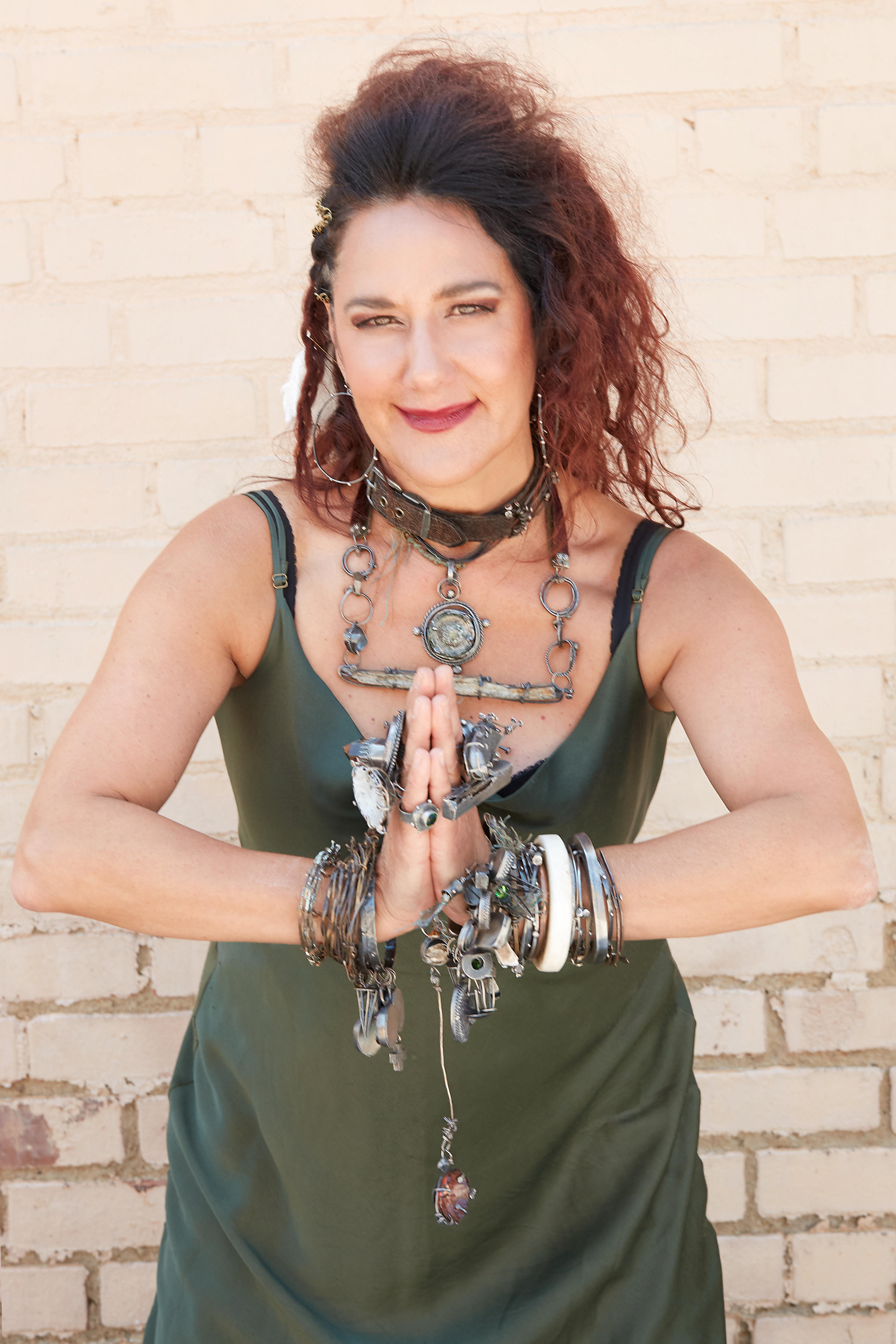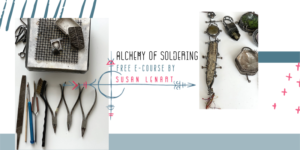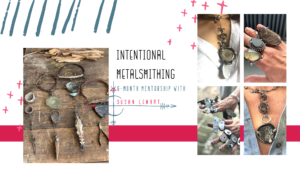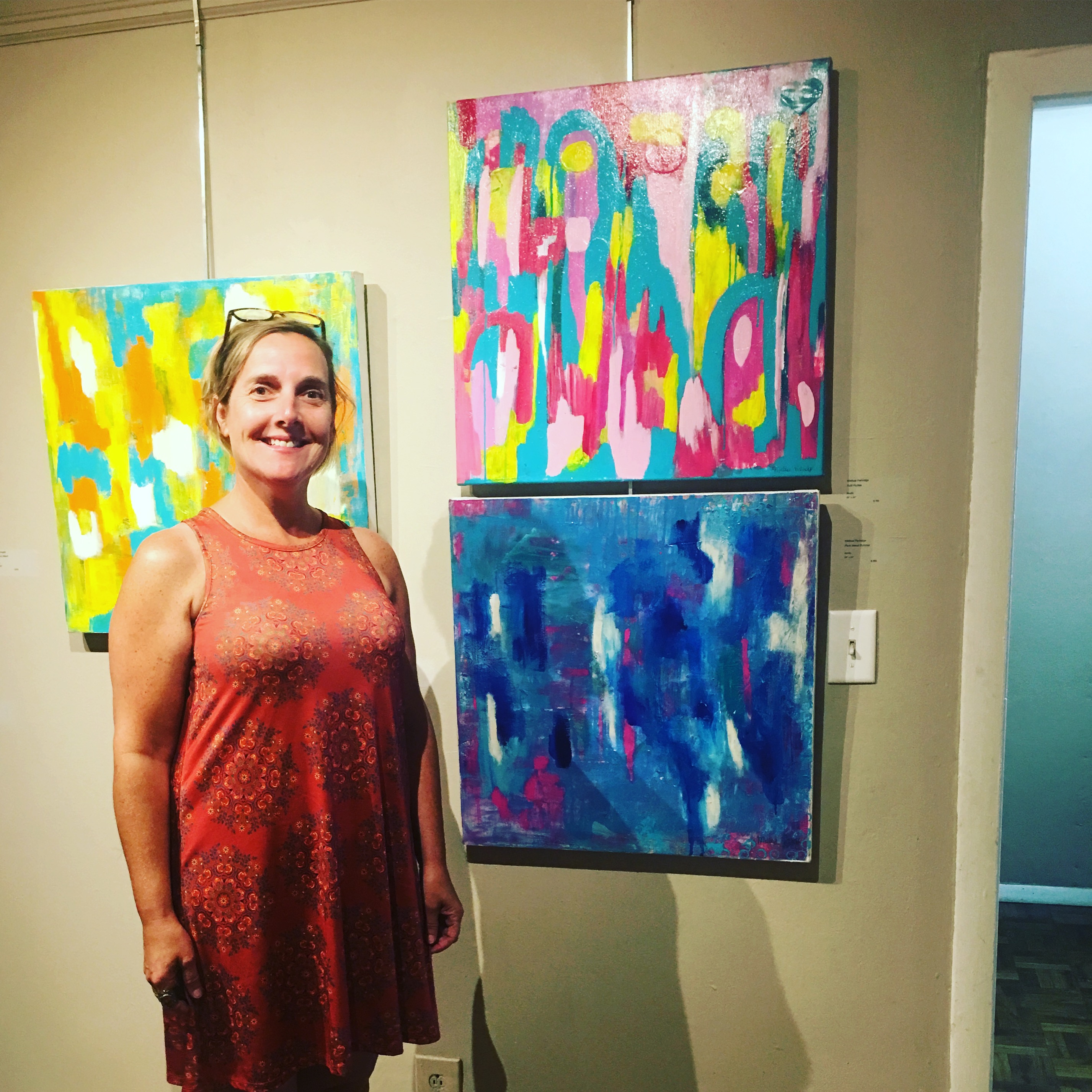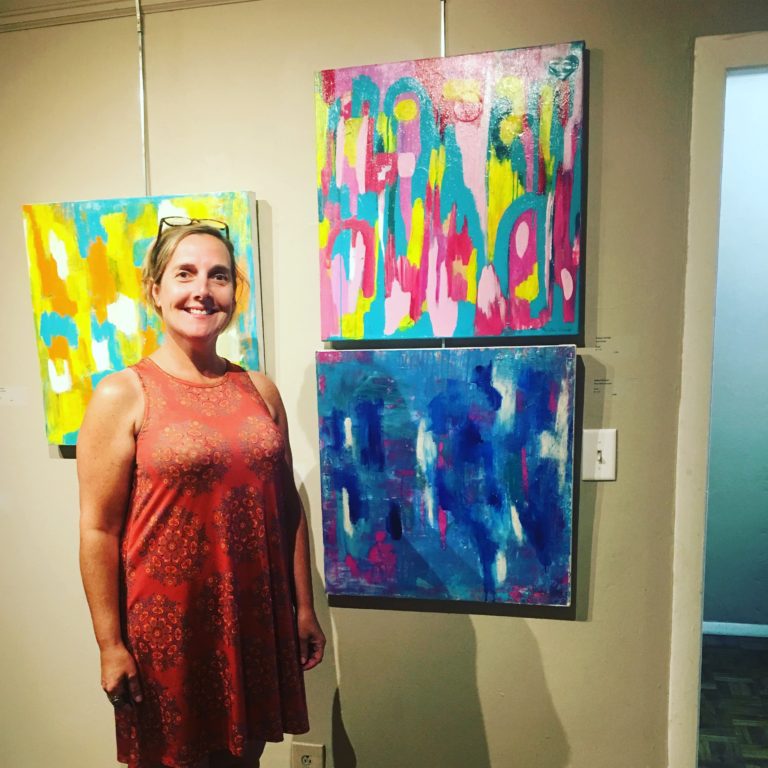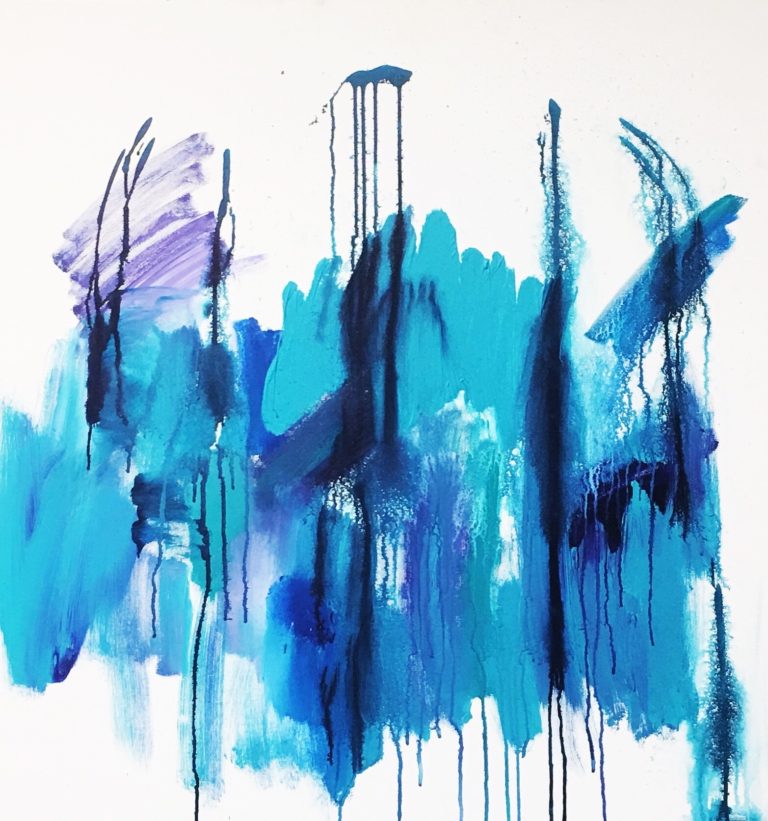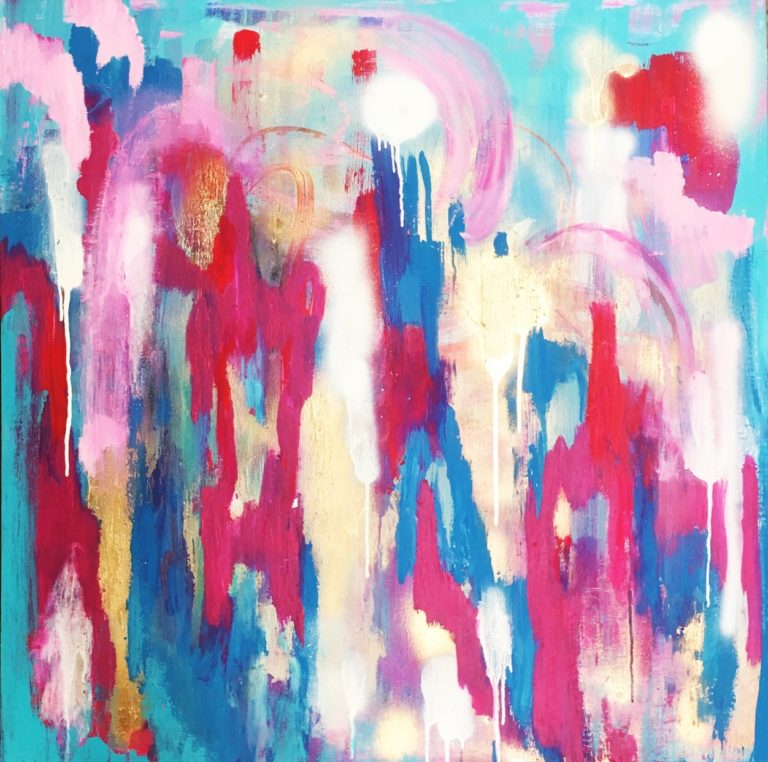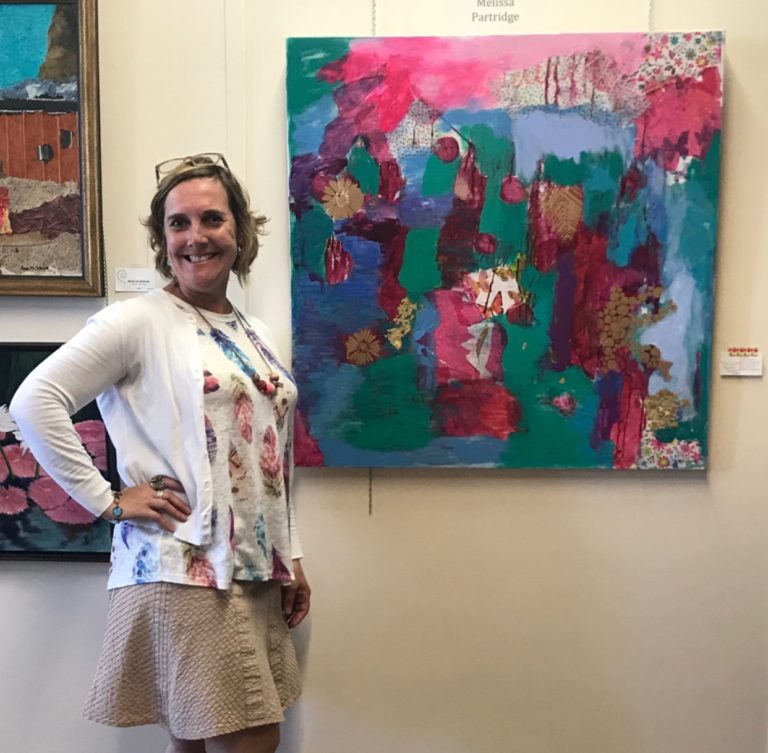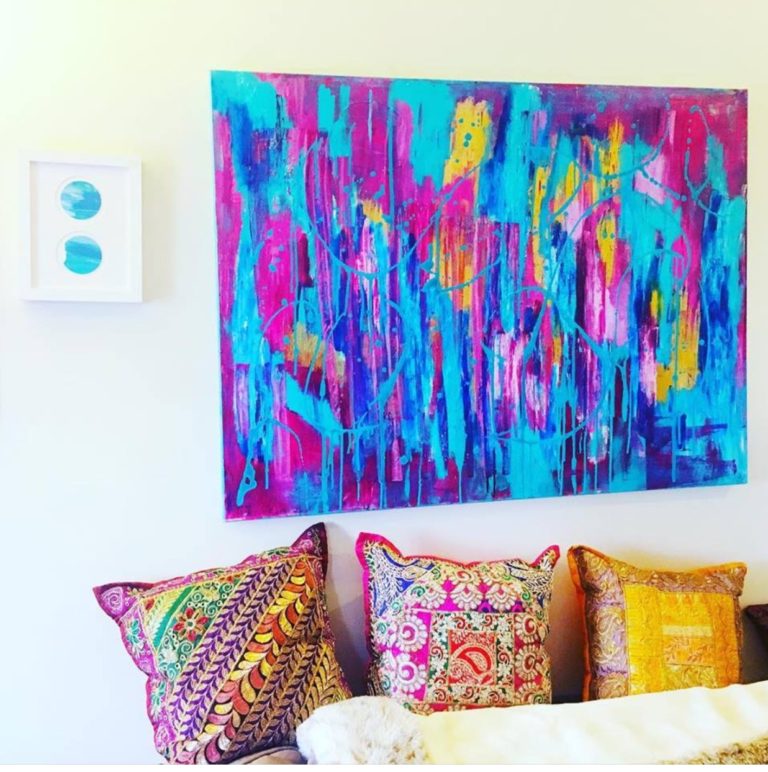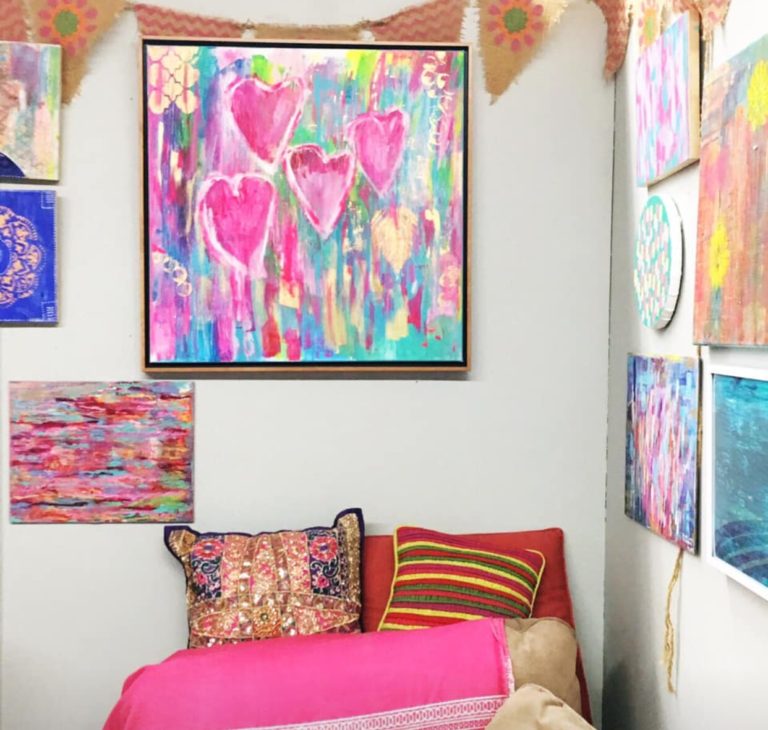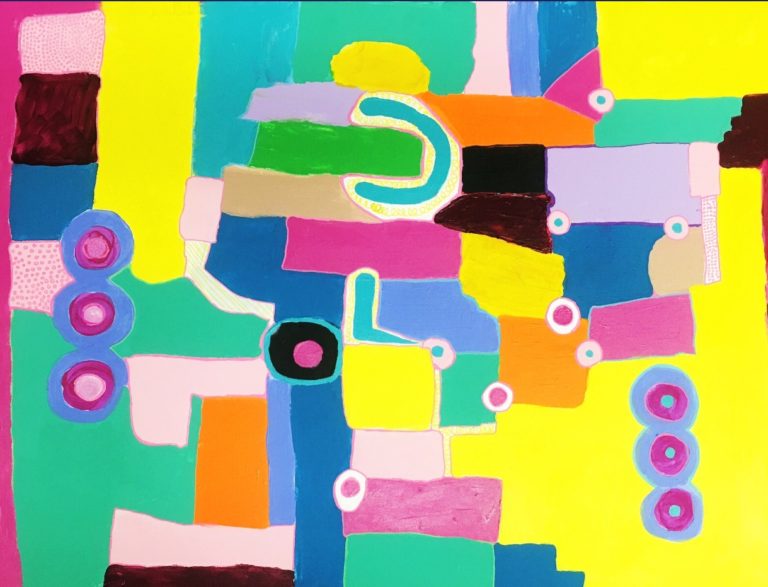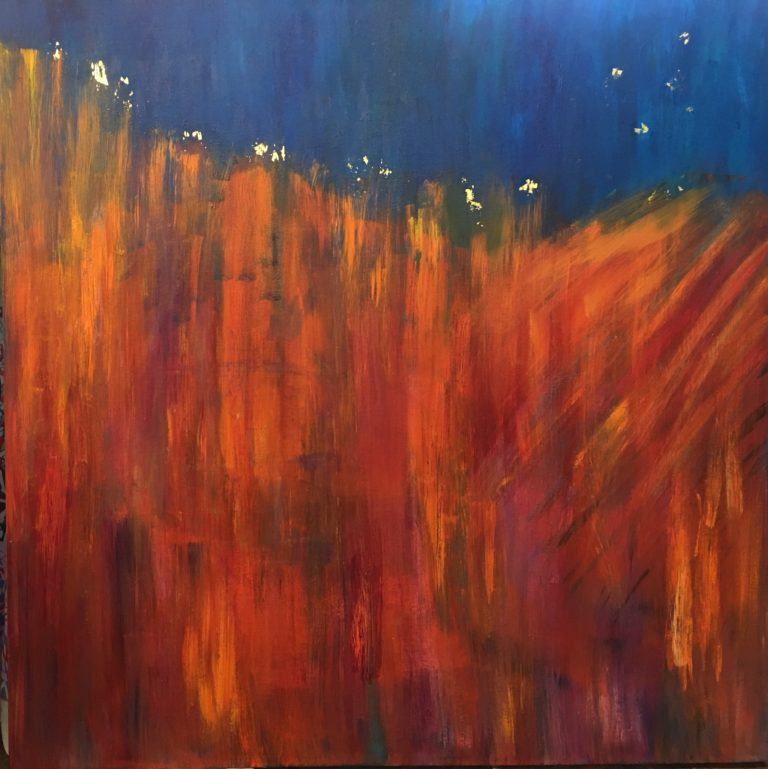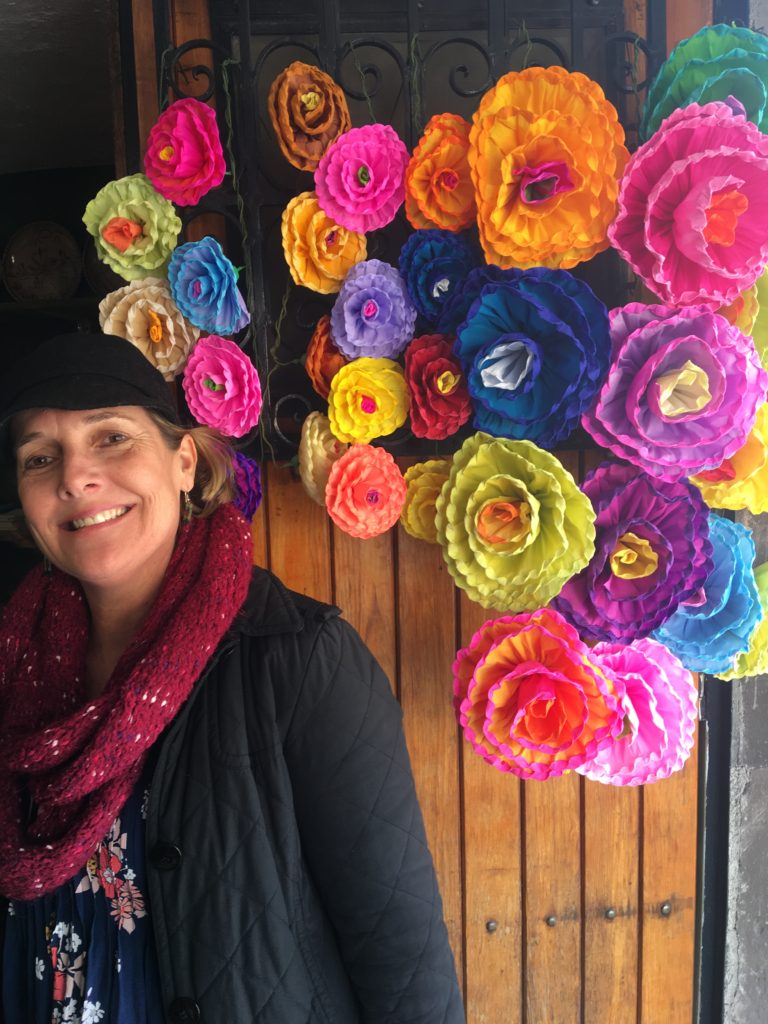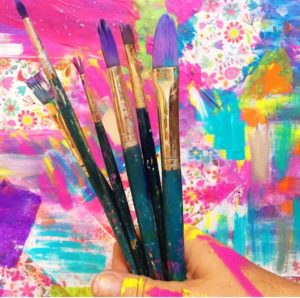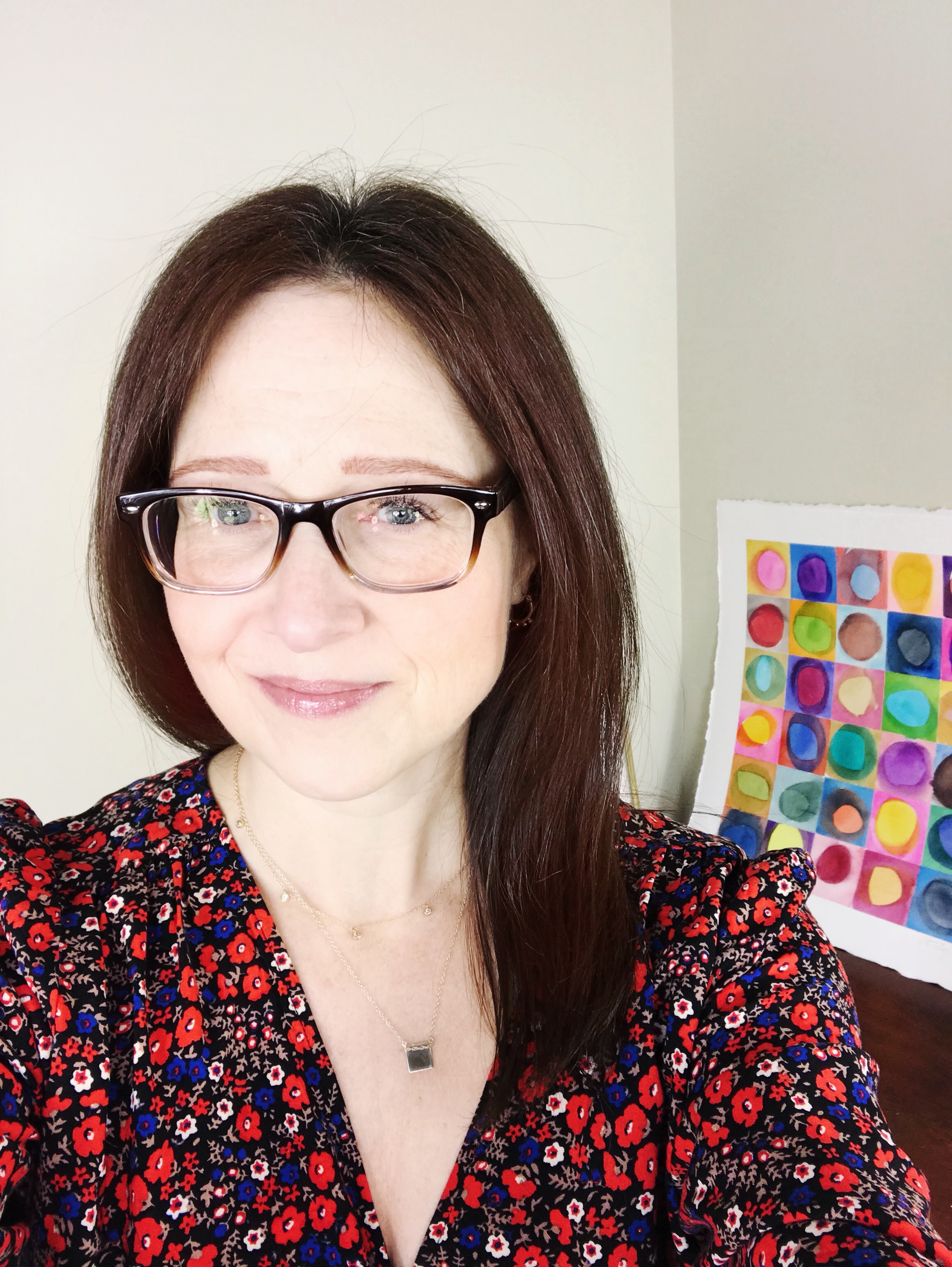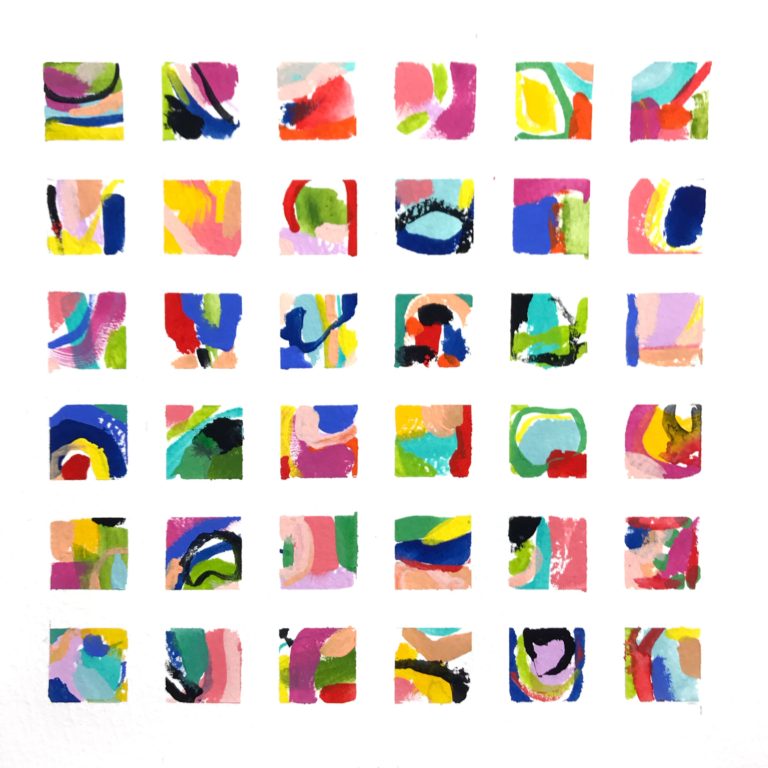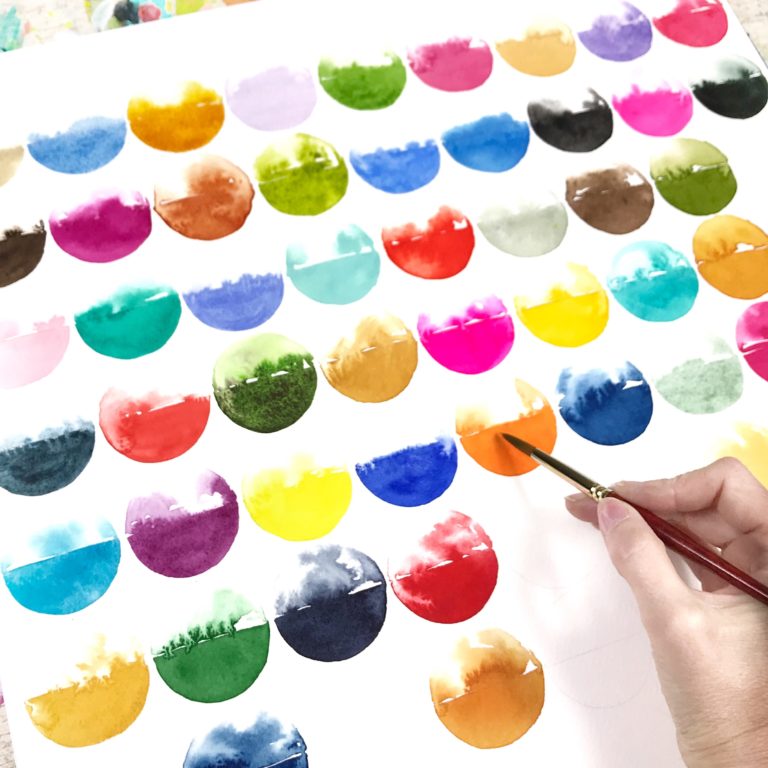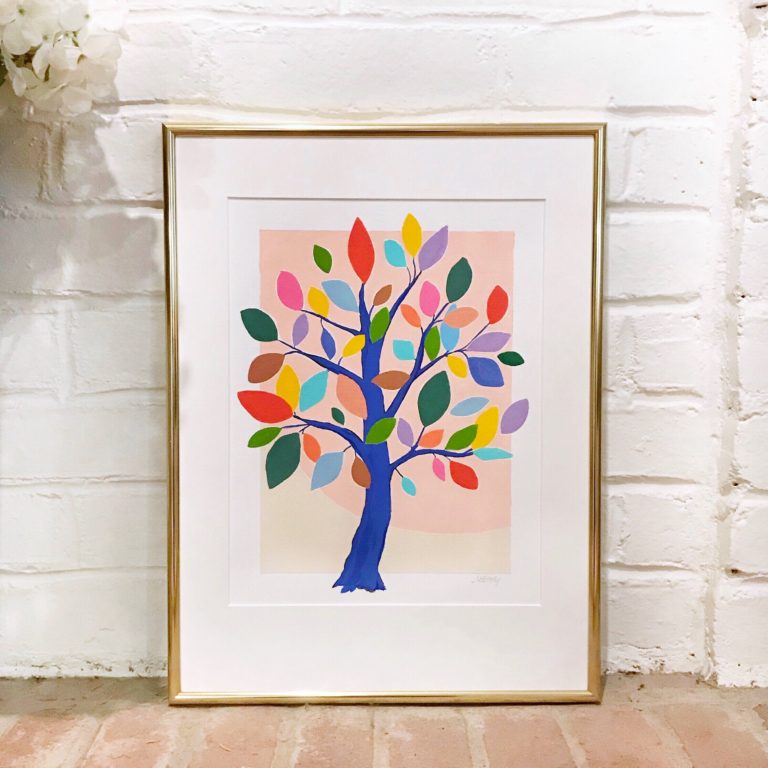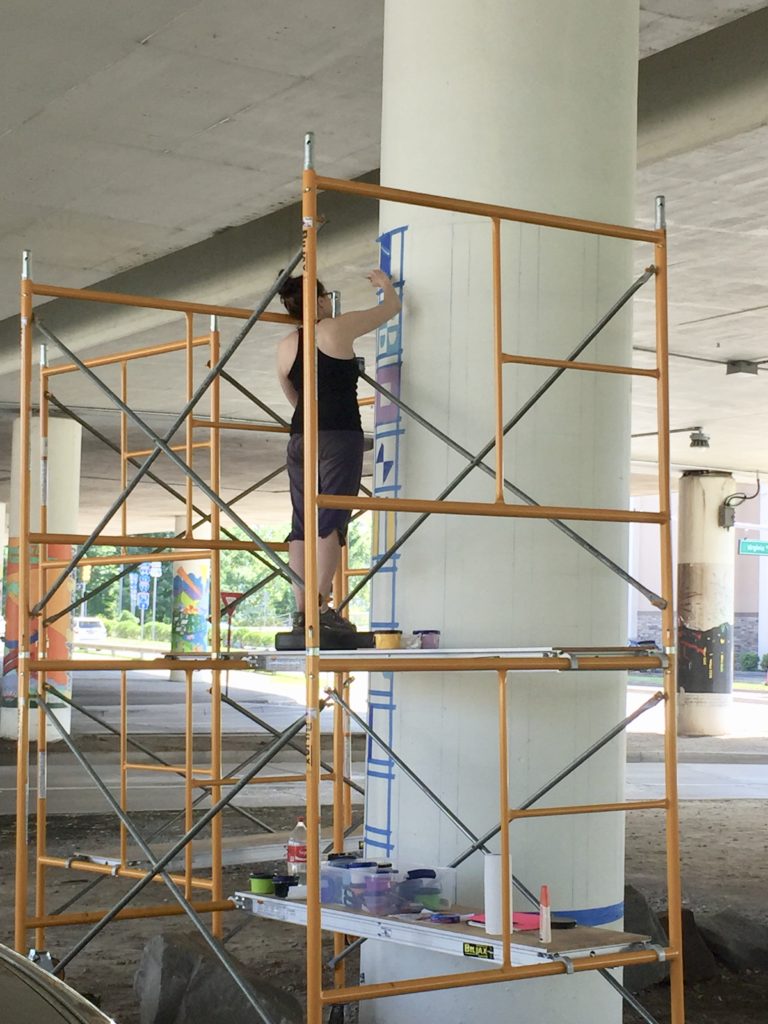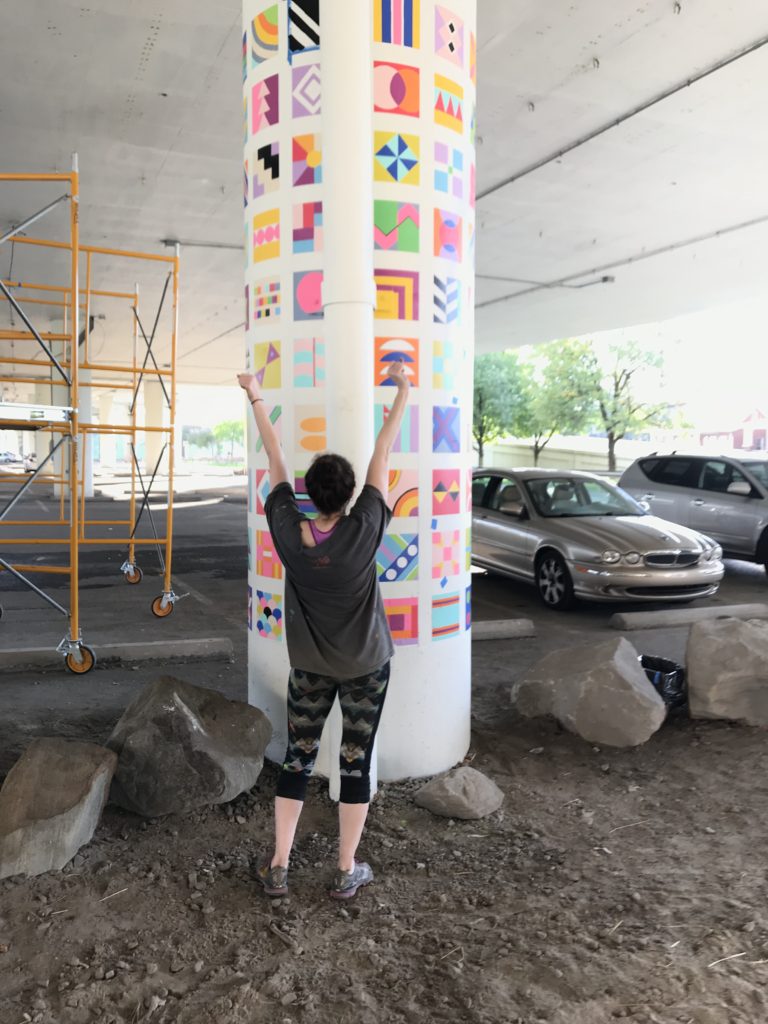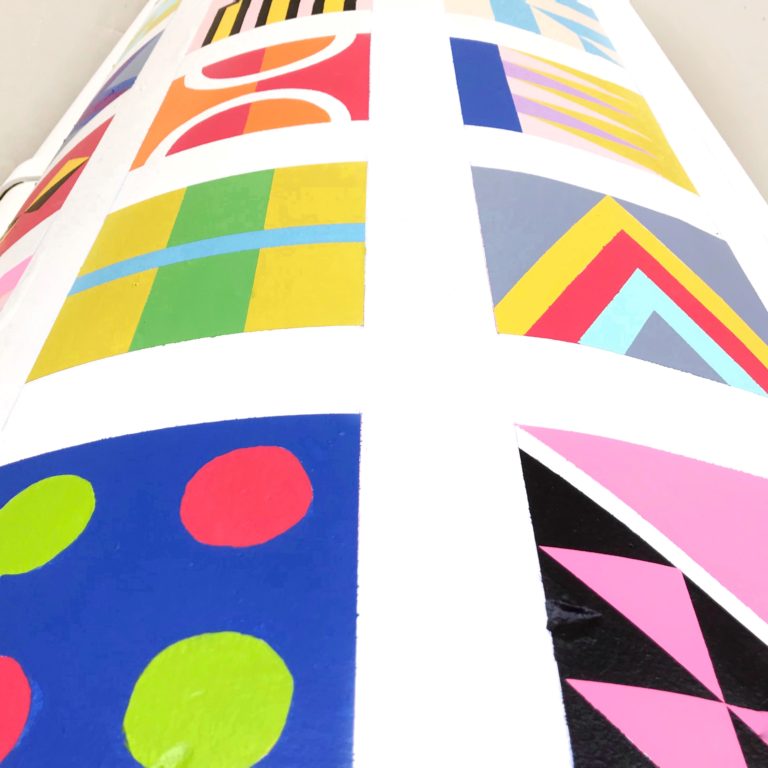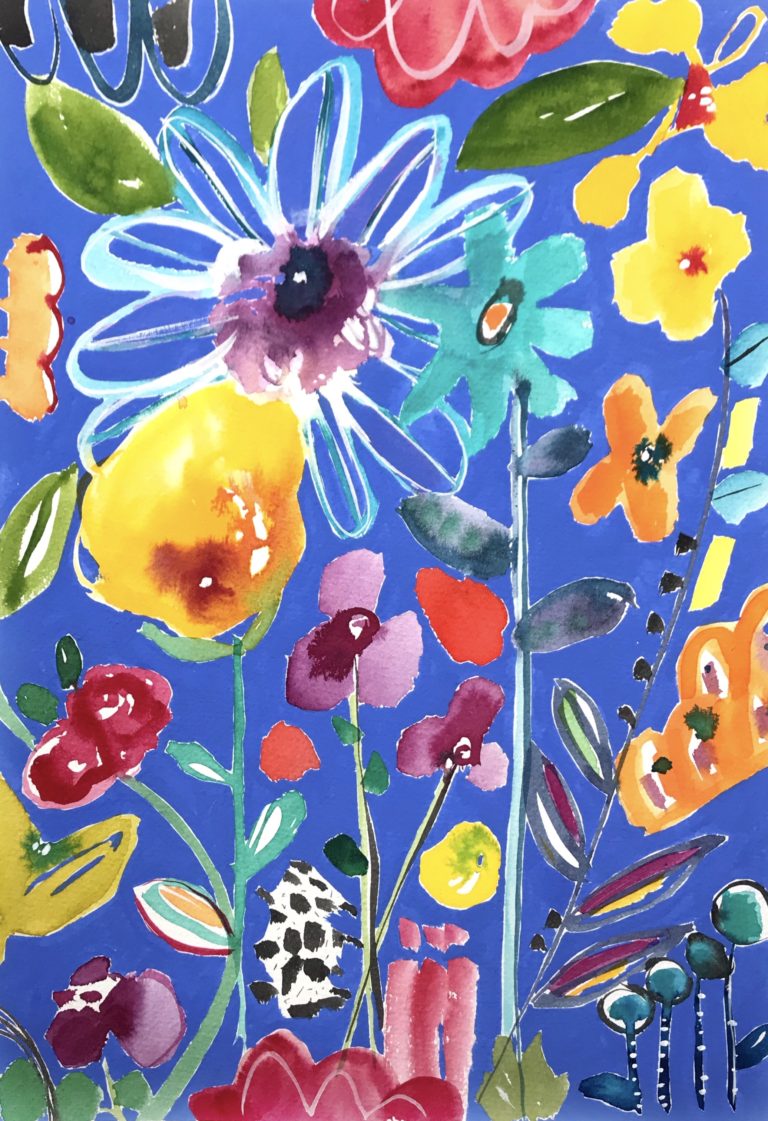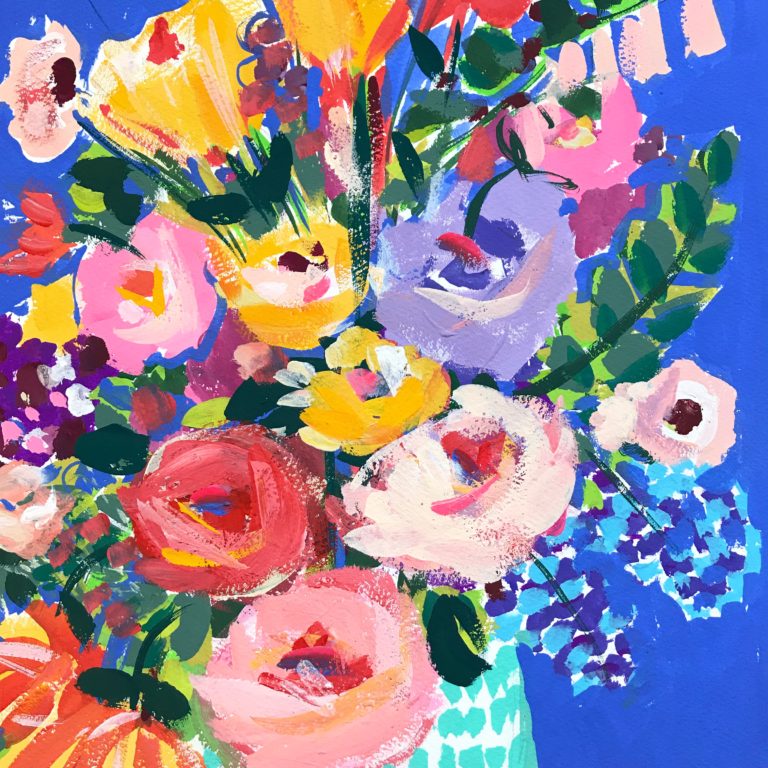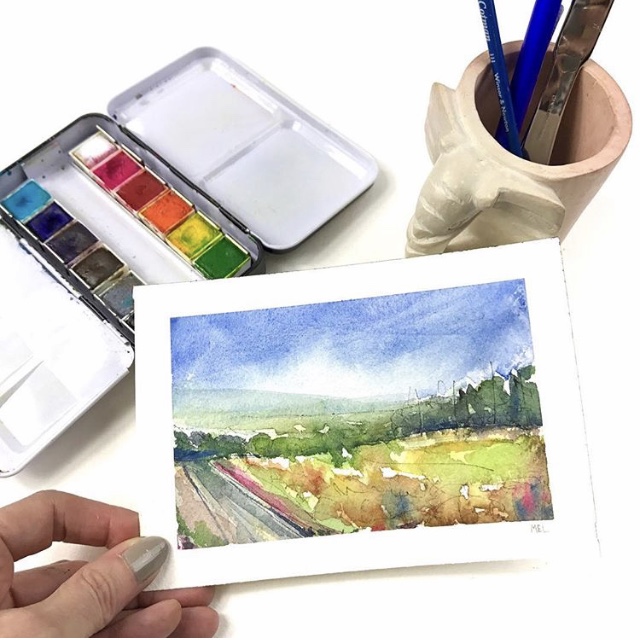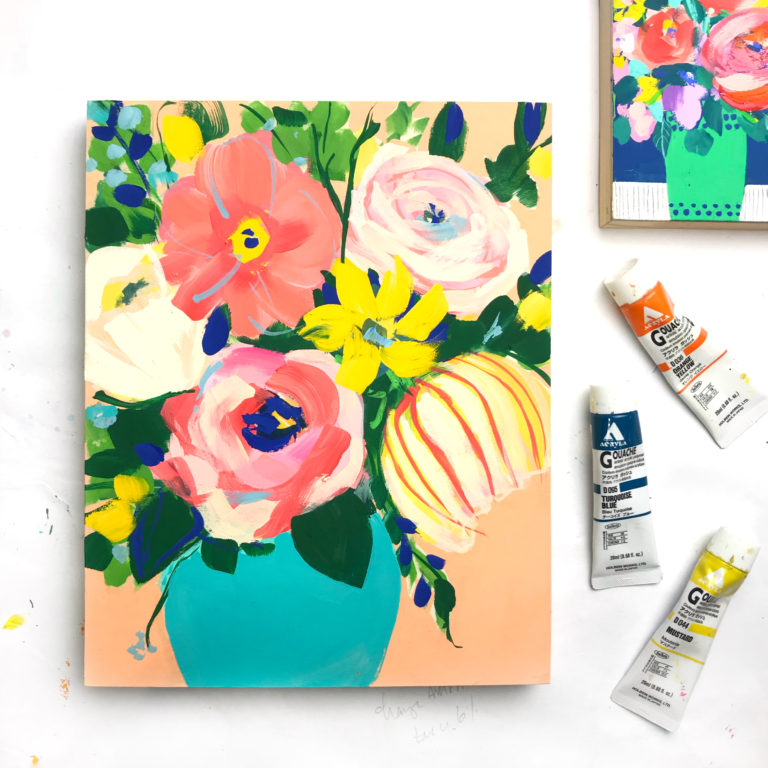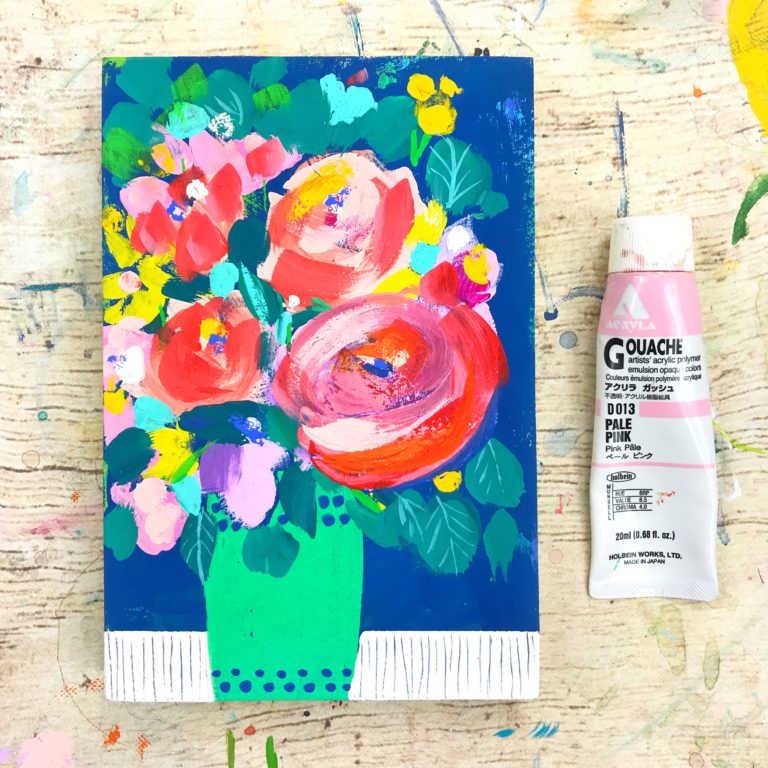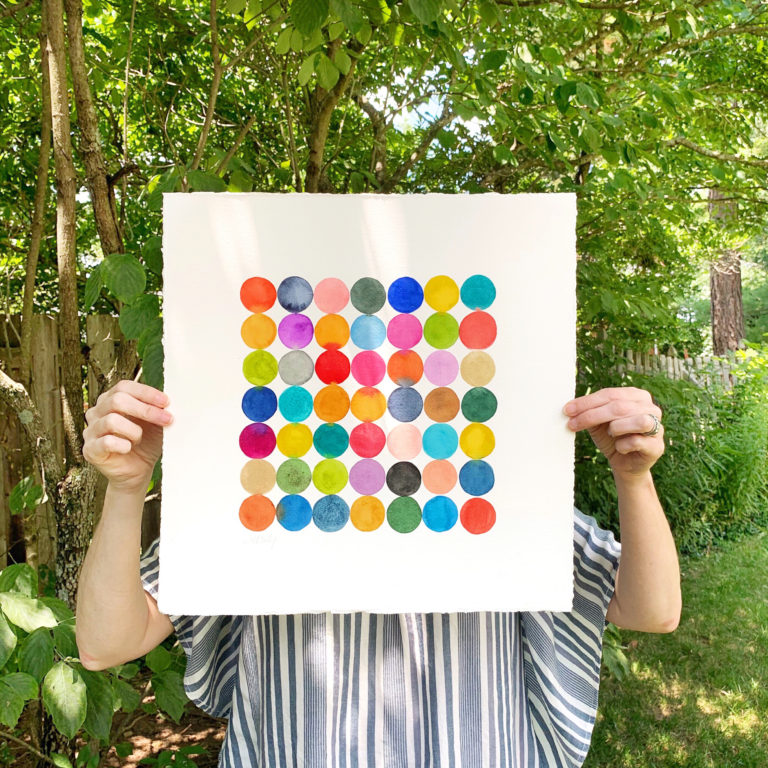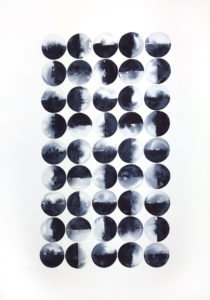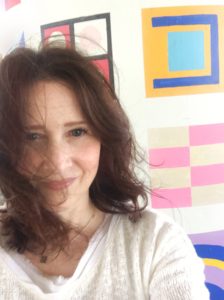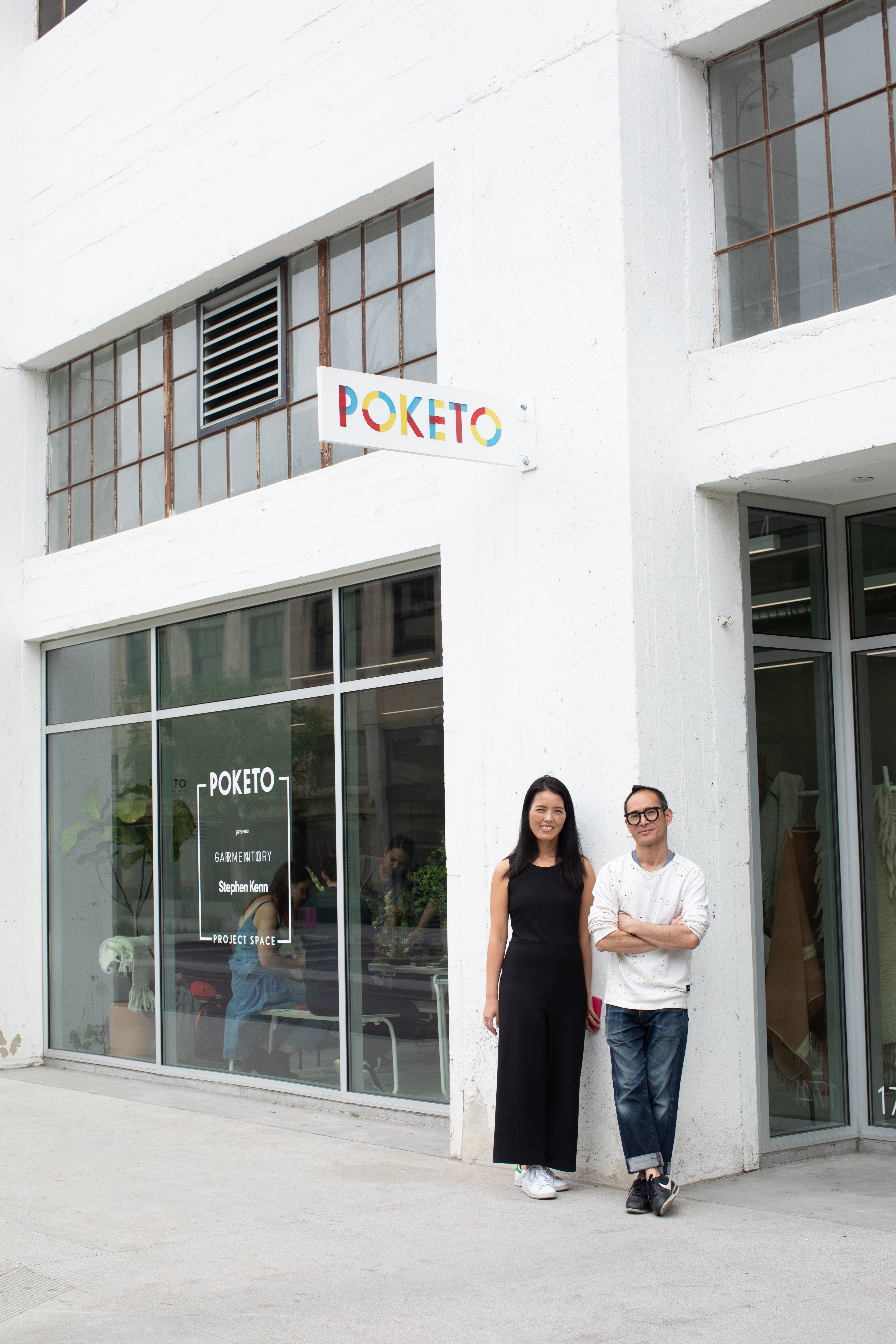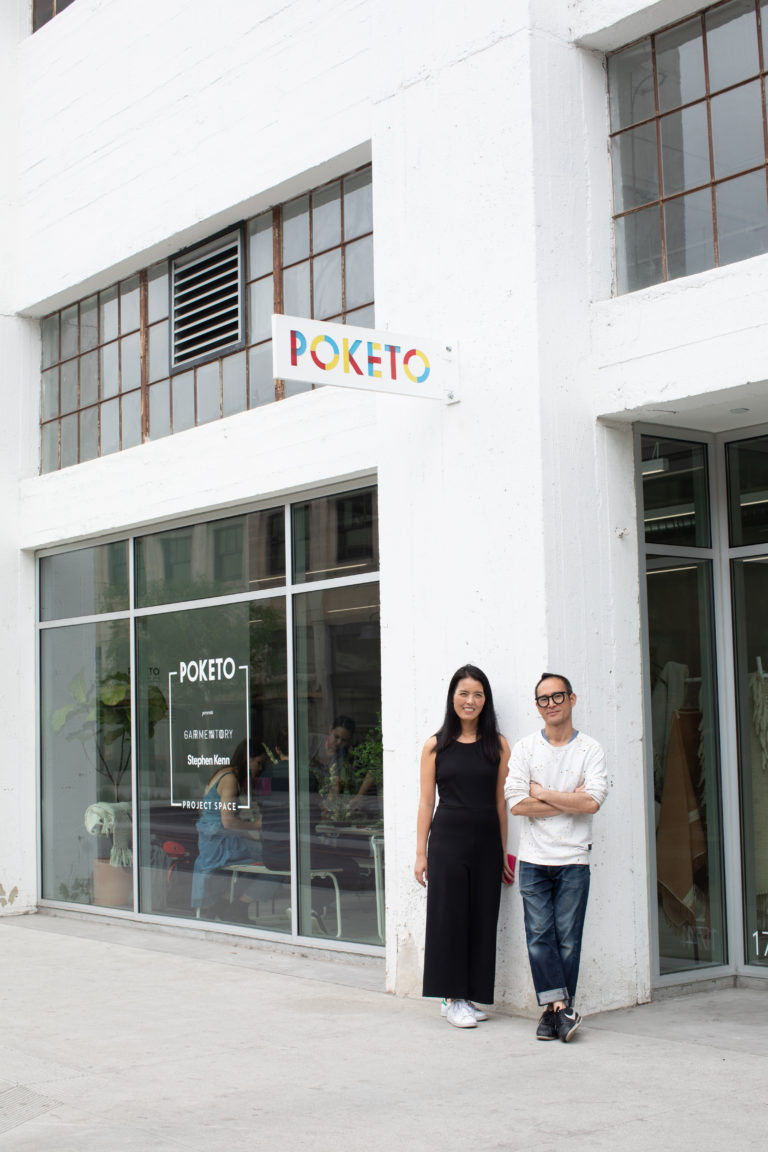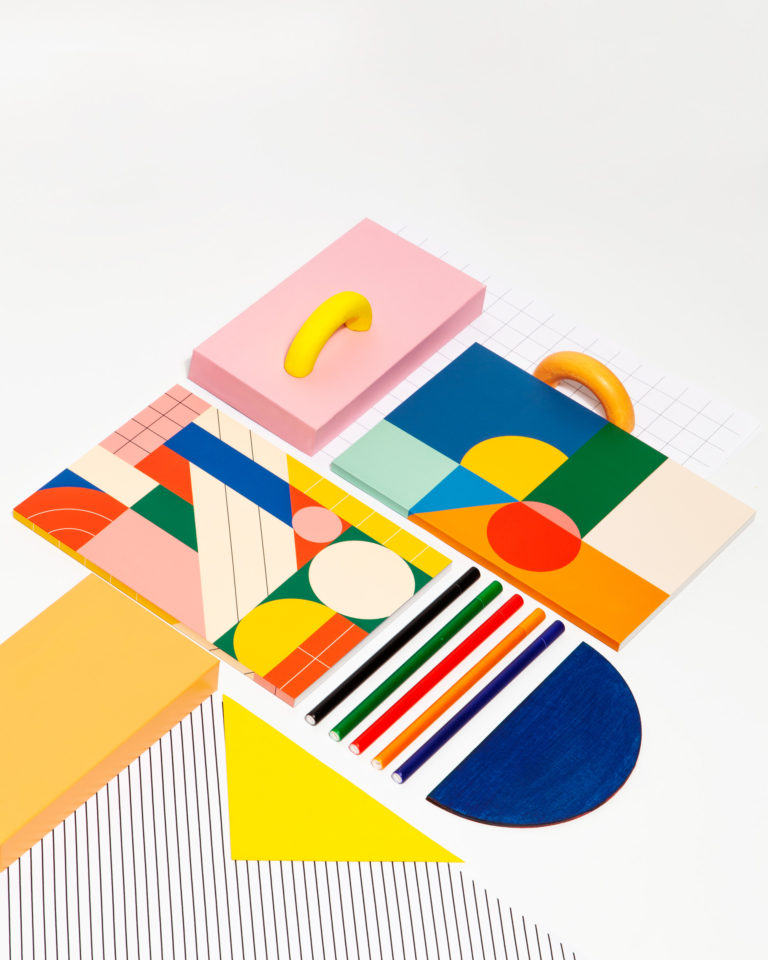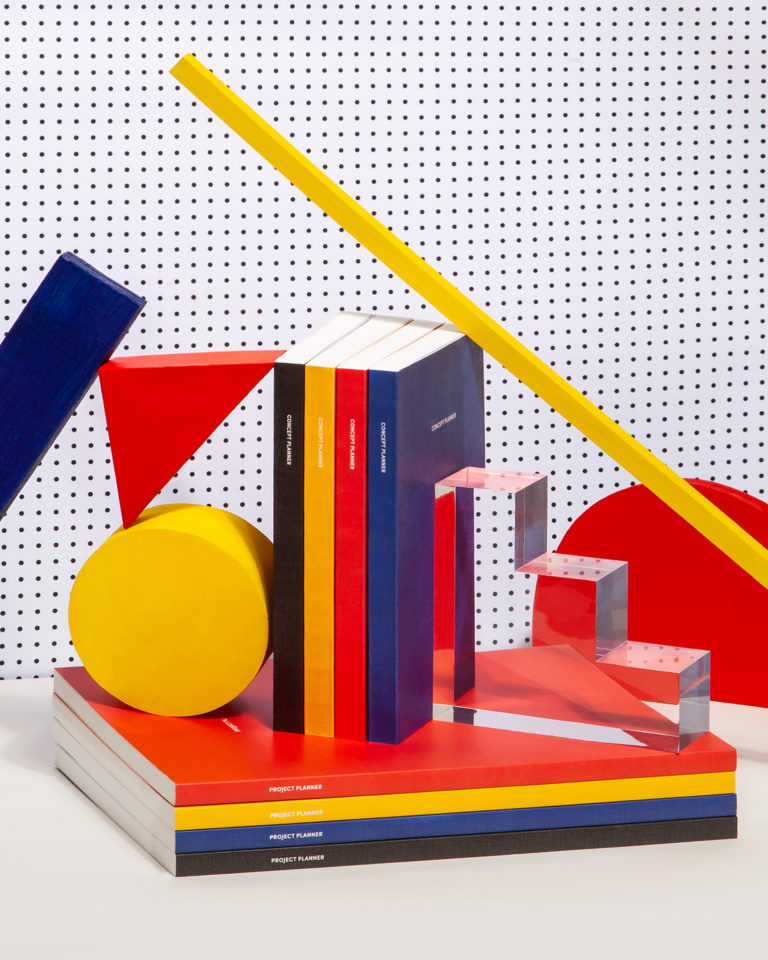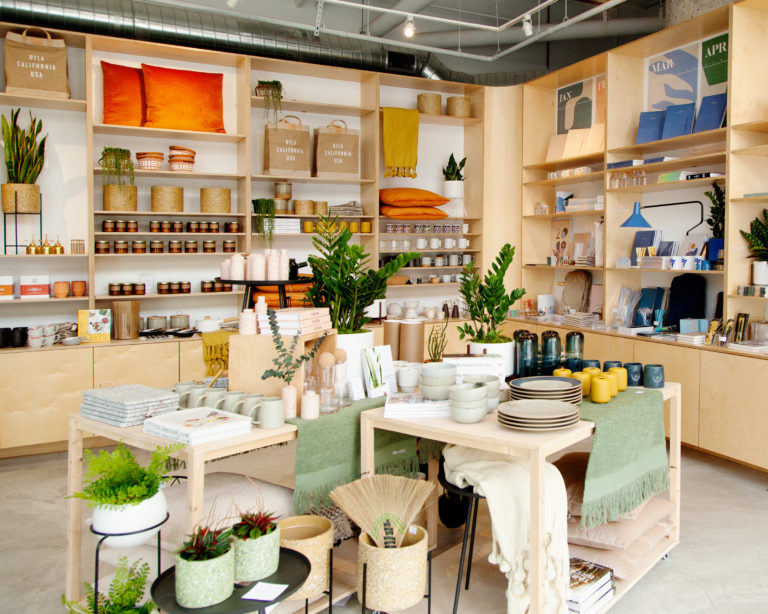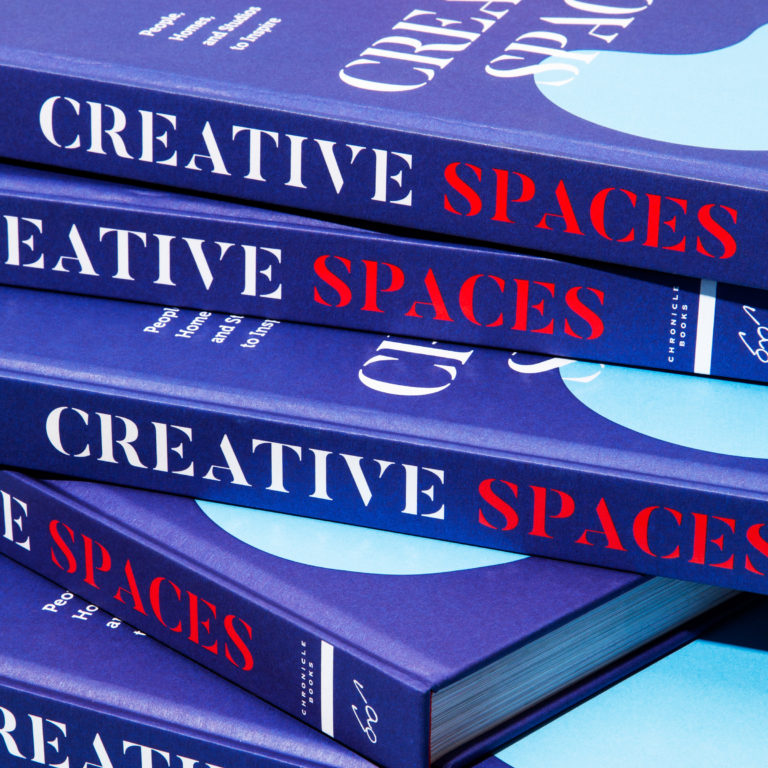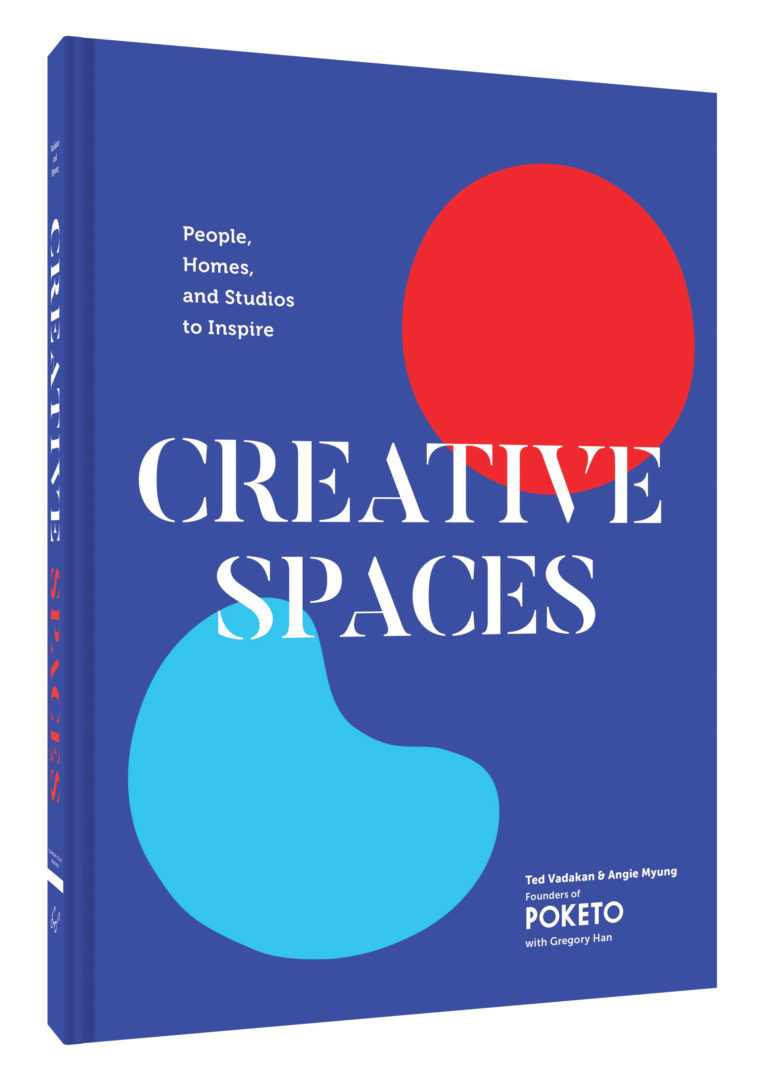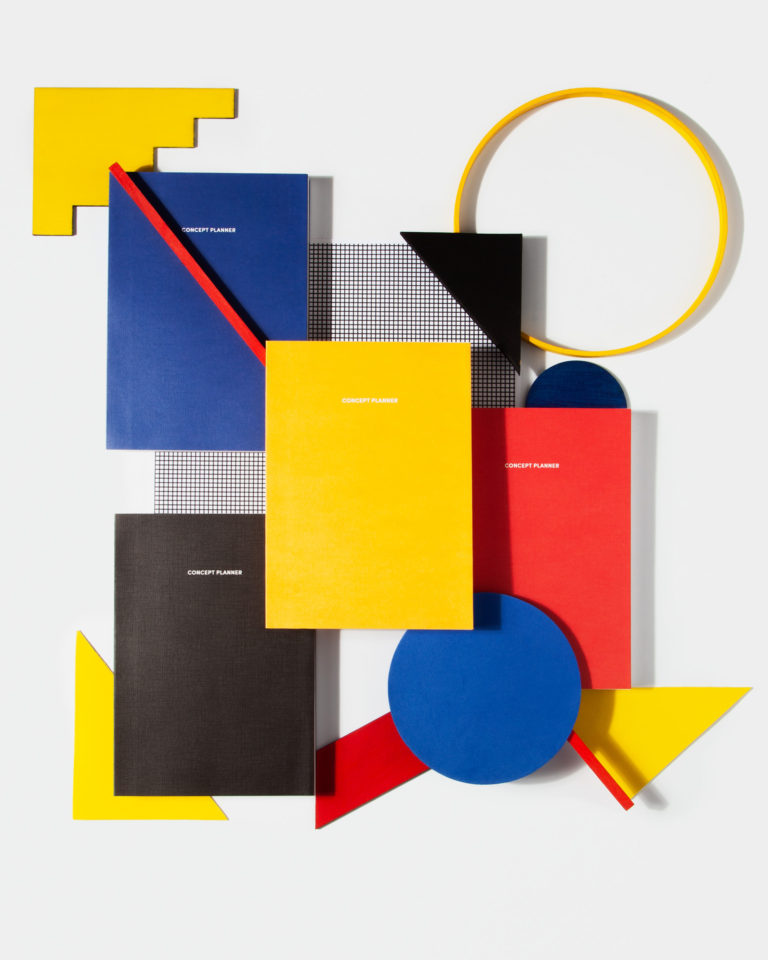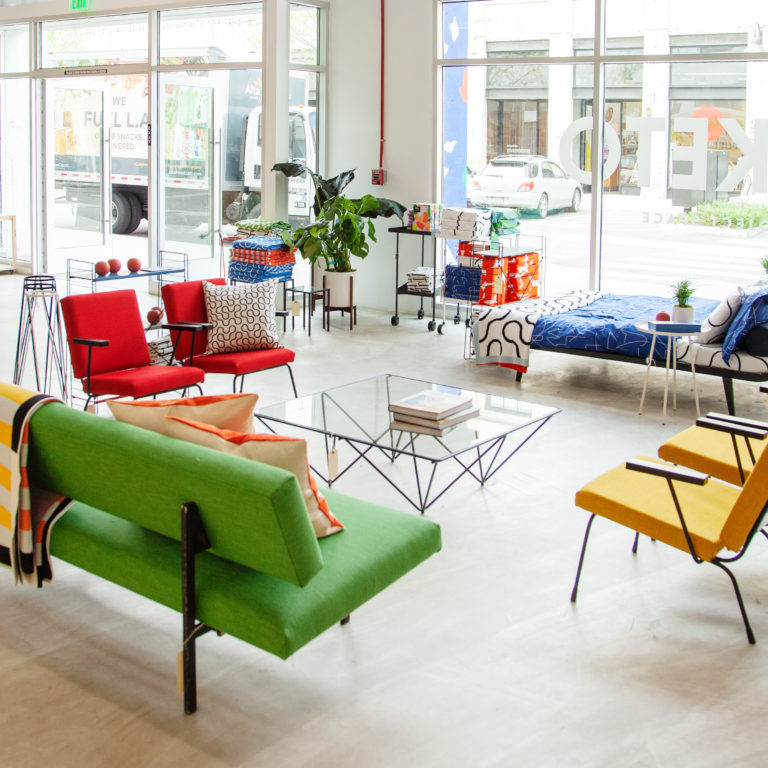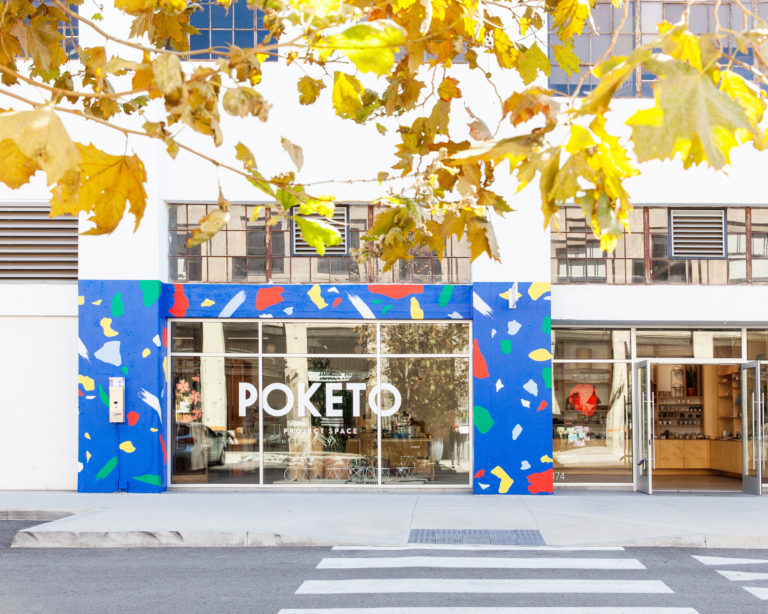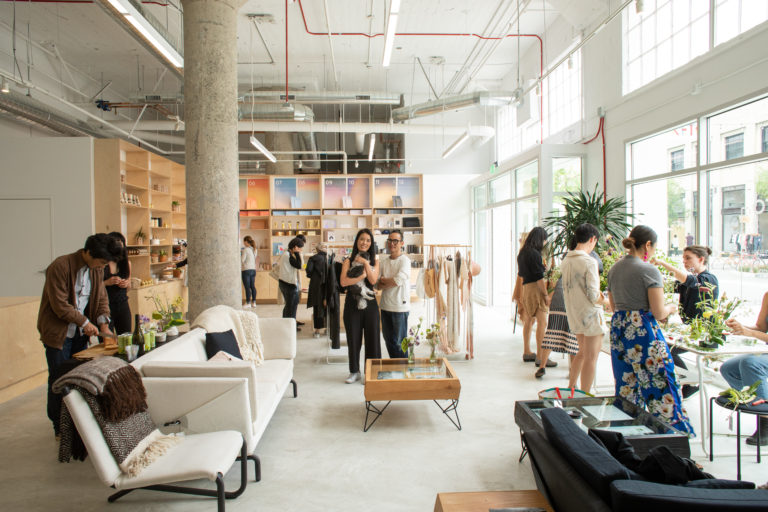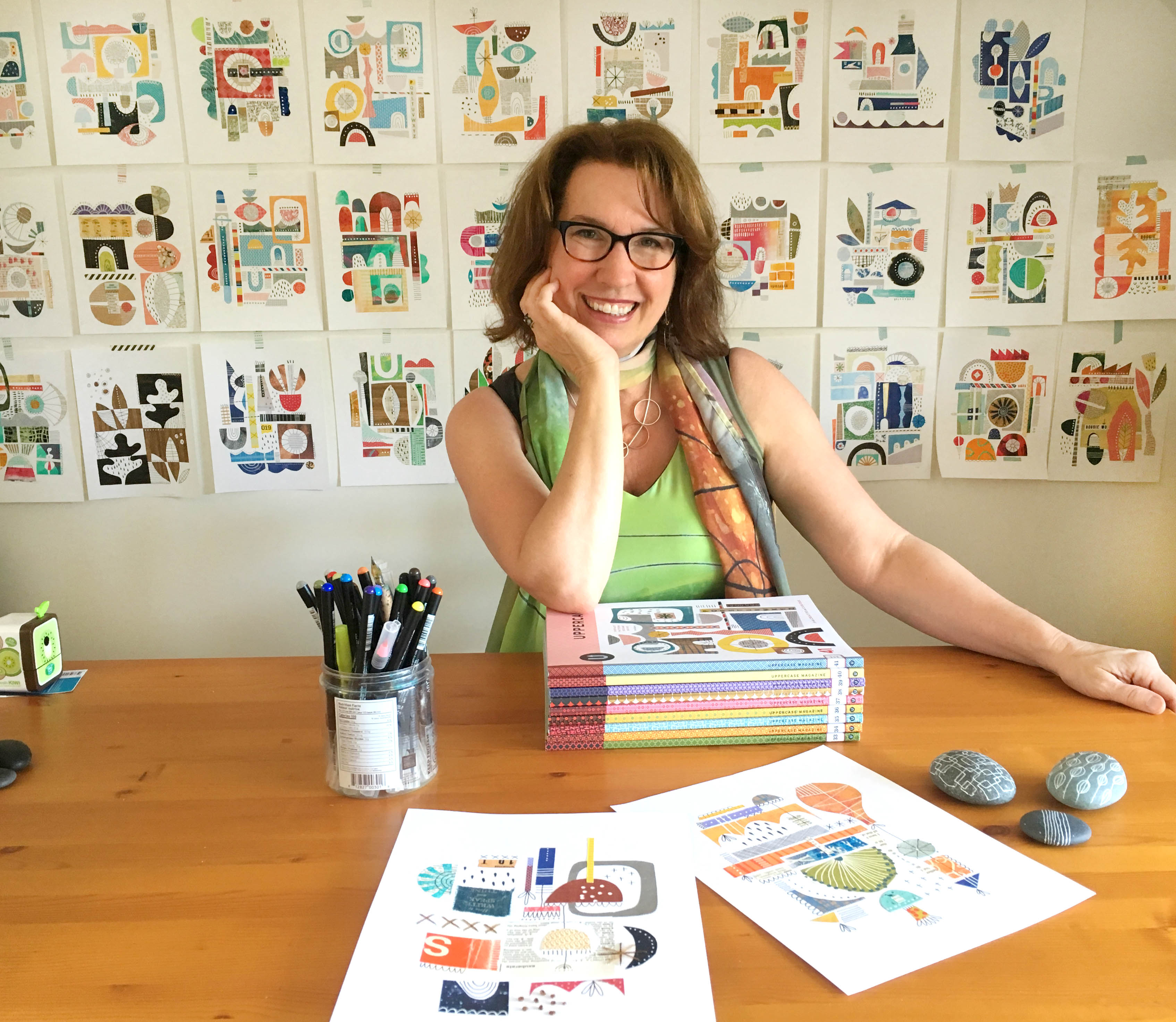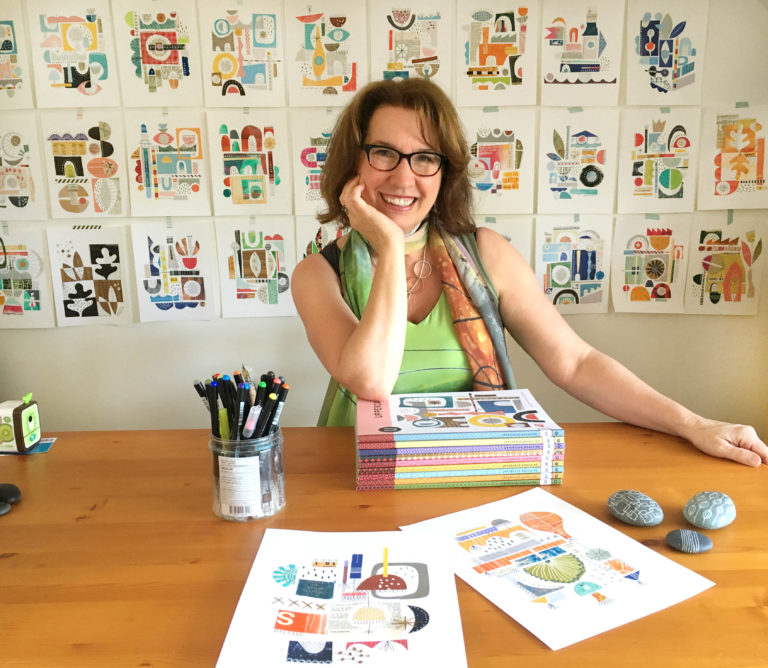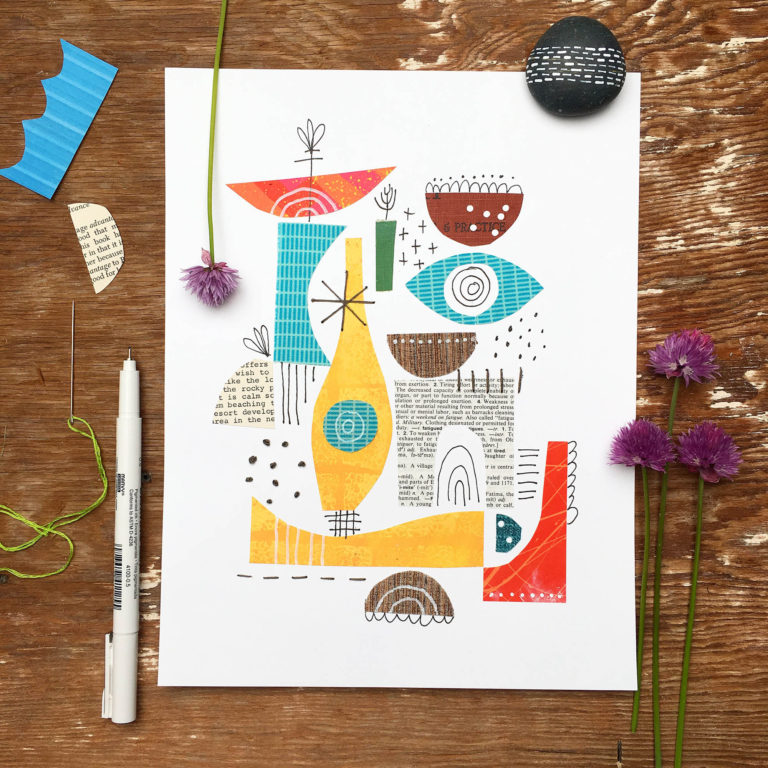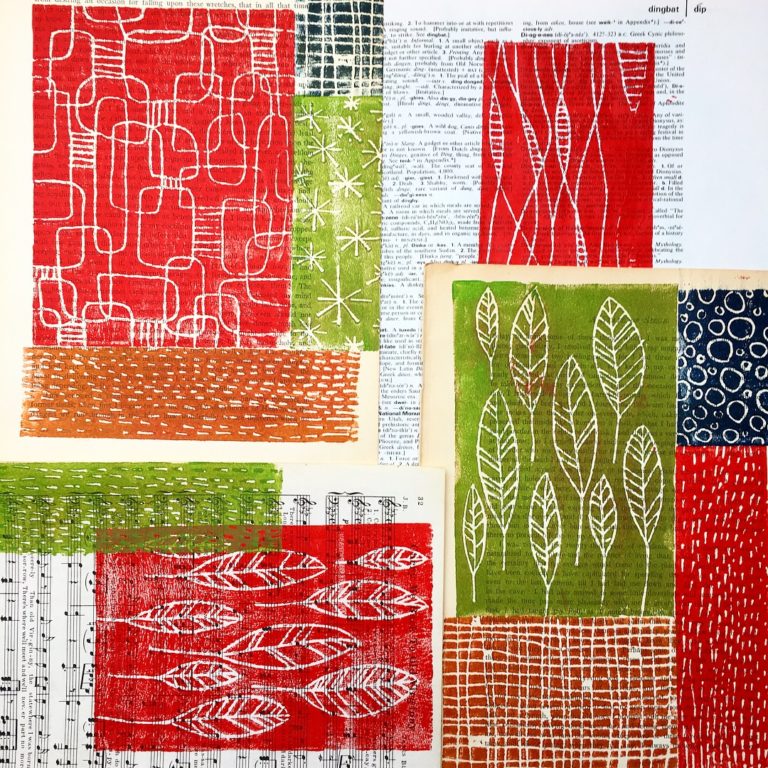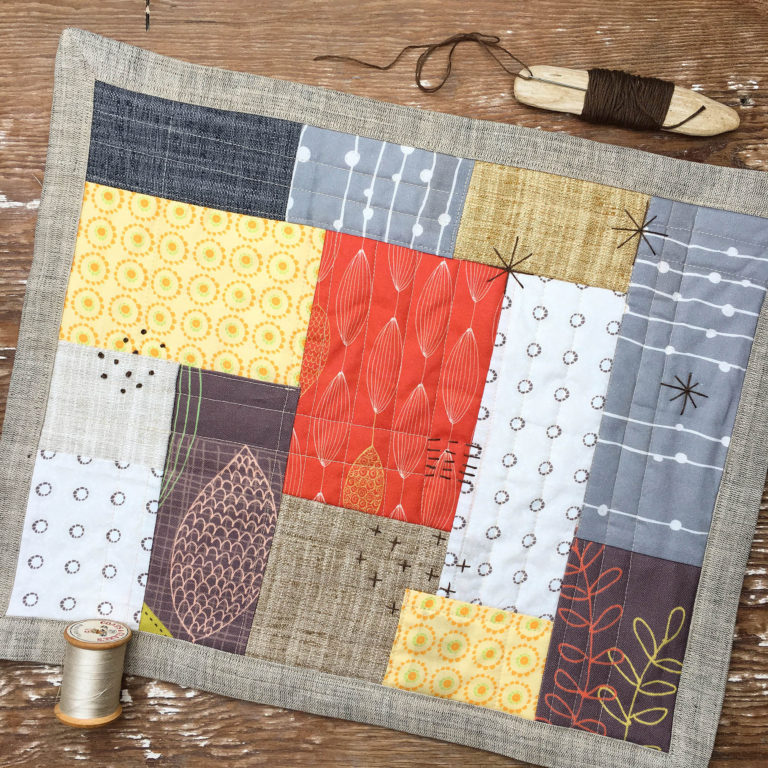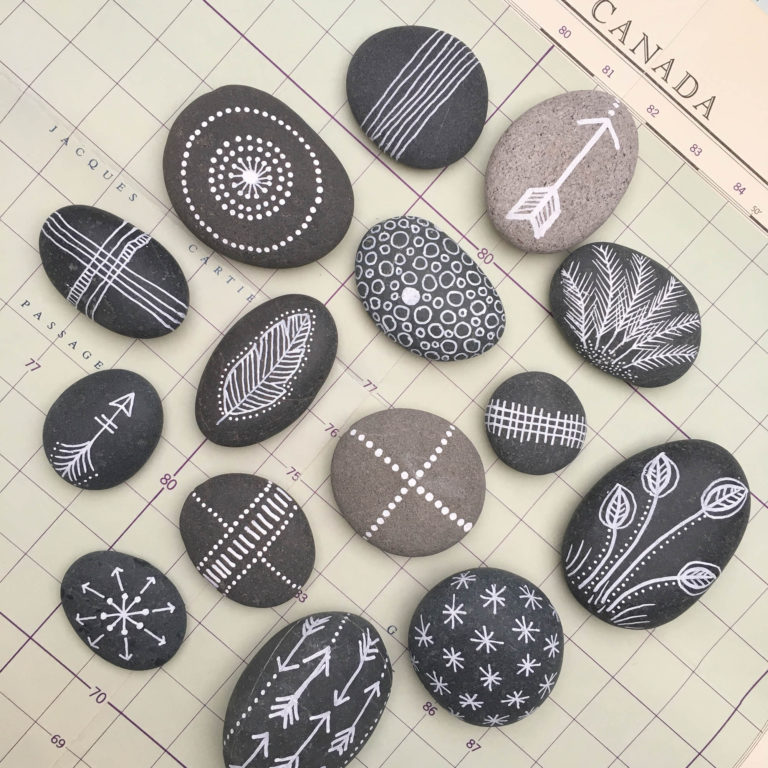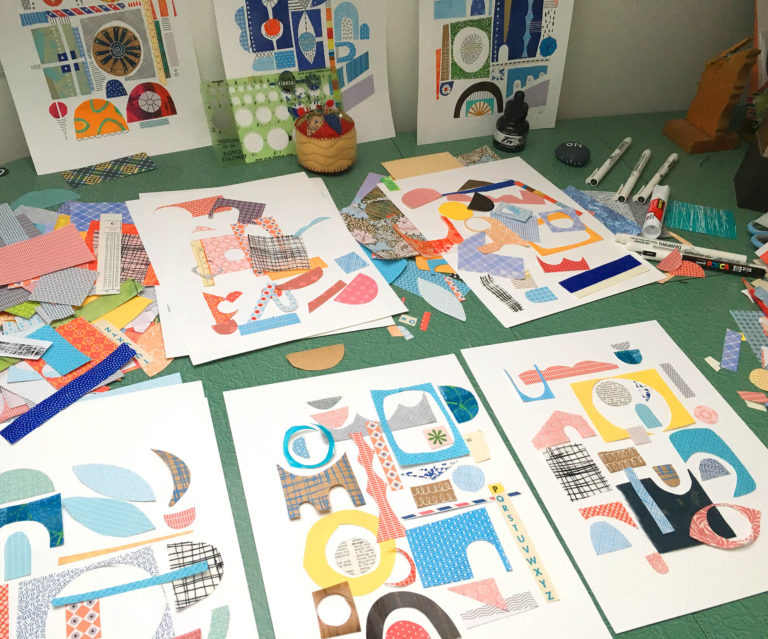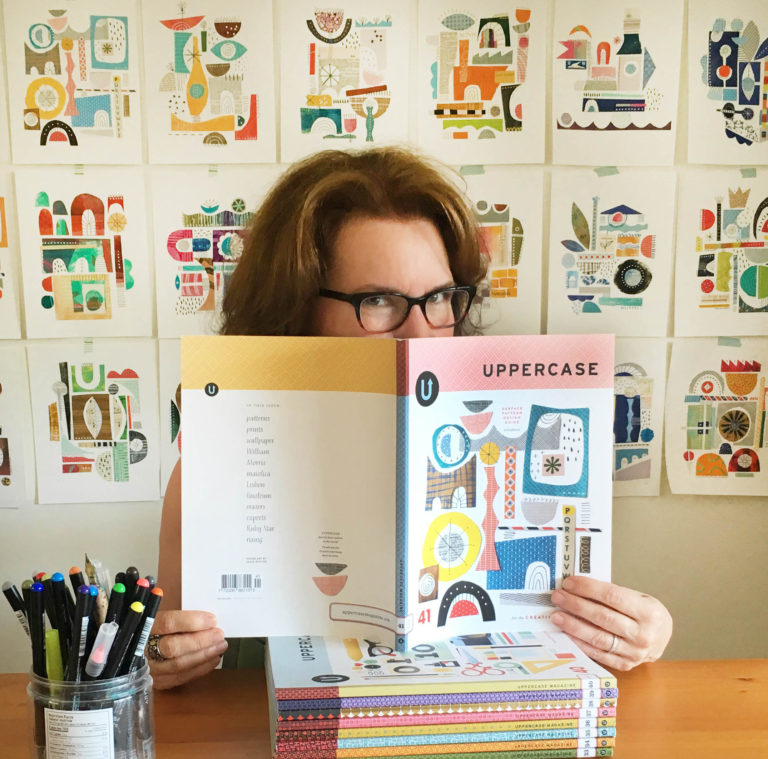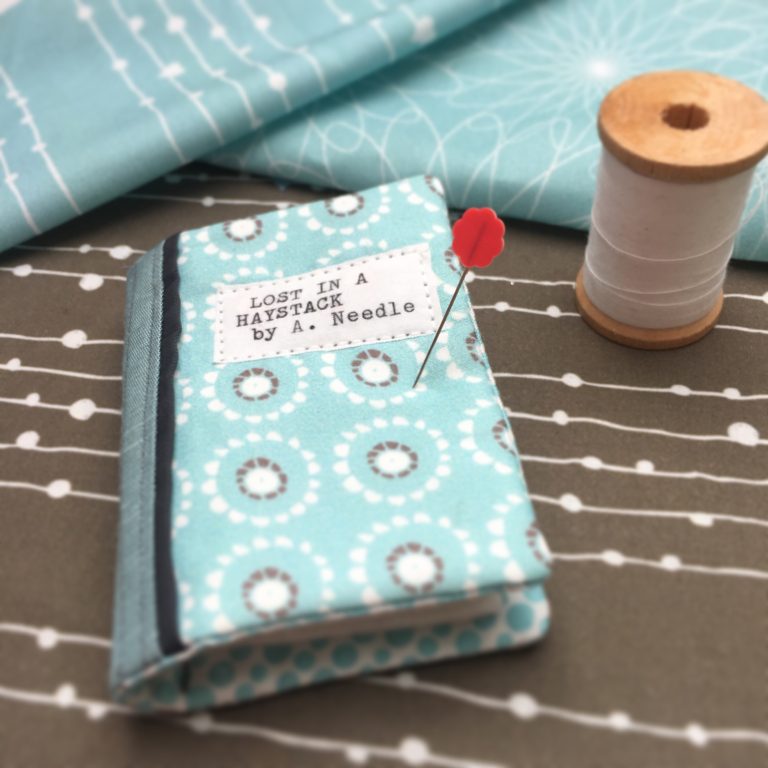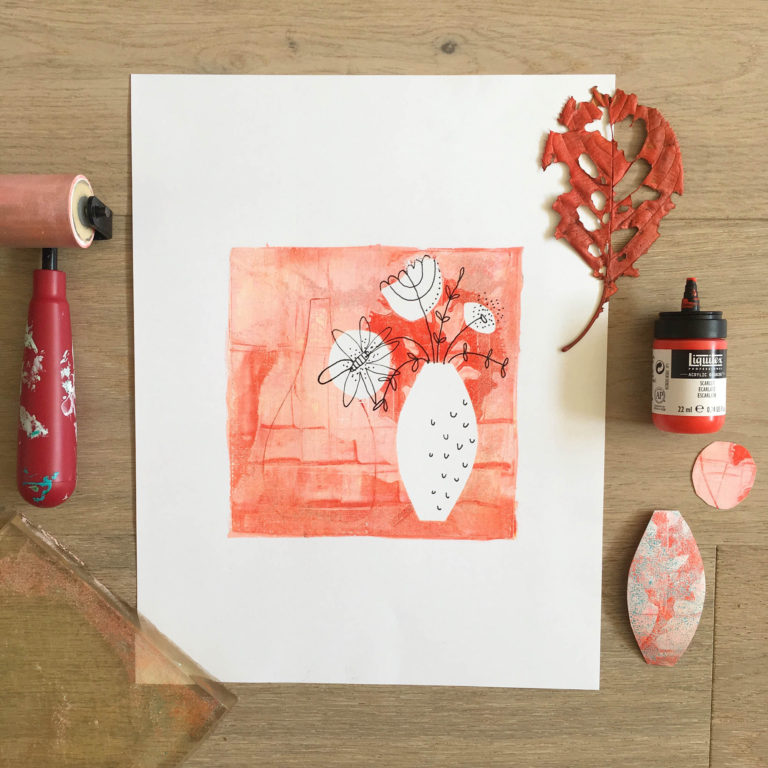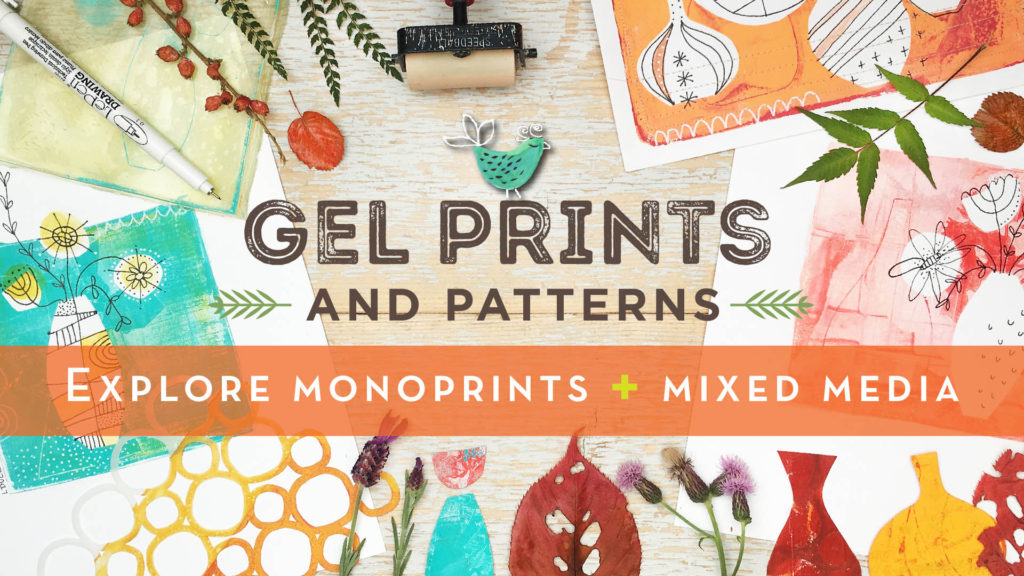#119 Susan Lenart: Creating Sacred Devotional Jewelry
Susan Lenart is a jewelry artist, silversmith, and designer. Looking for inspiration, she traveled the world to study different cultures and their adornment. Digging even deeper, she studied how things physically connect, not just jewelry pieces but all kinds of things, so she could adapt these connection techniques to her jewelry. She has created a unique style of jewelry, and she shares her techniques through her books, classes, and retreats.
Listen here or use a podcast app, such as Apple Podcasts, Castbox, Spotify, or Stitcher.
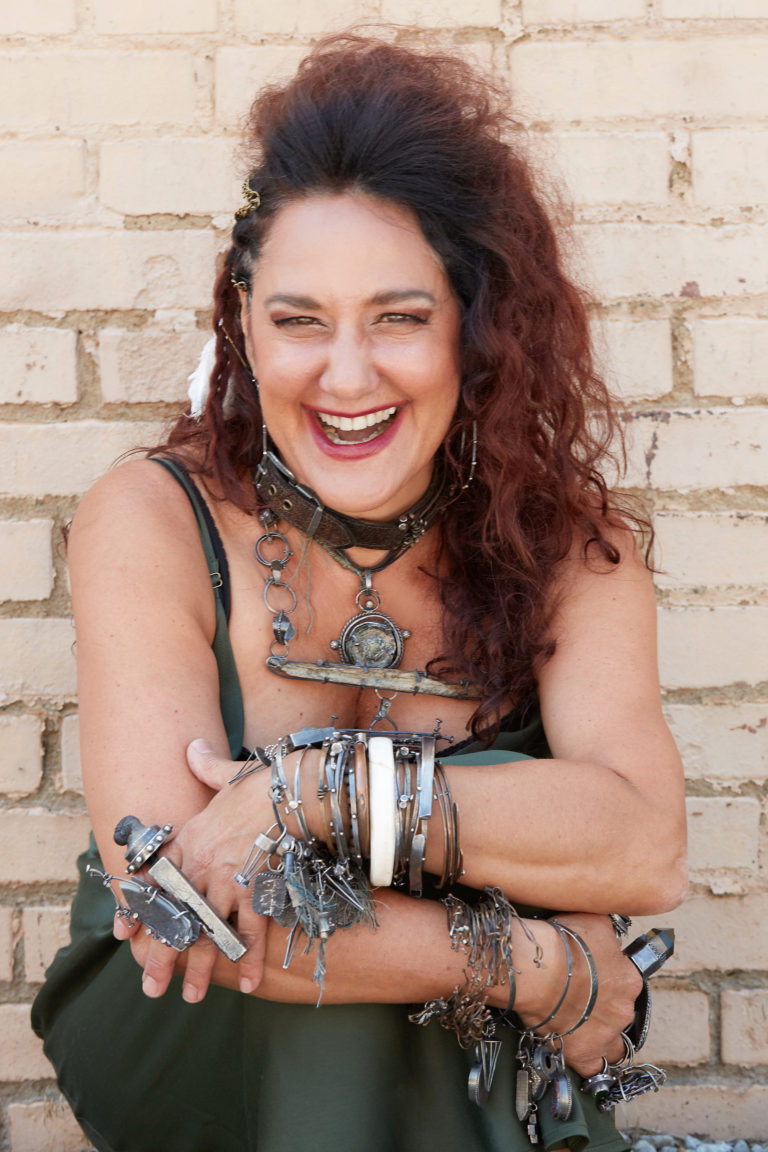
Susan Lenart
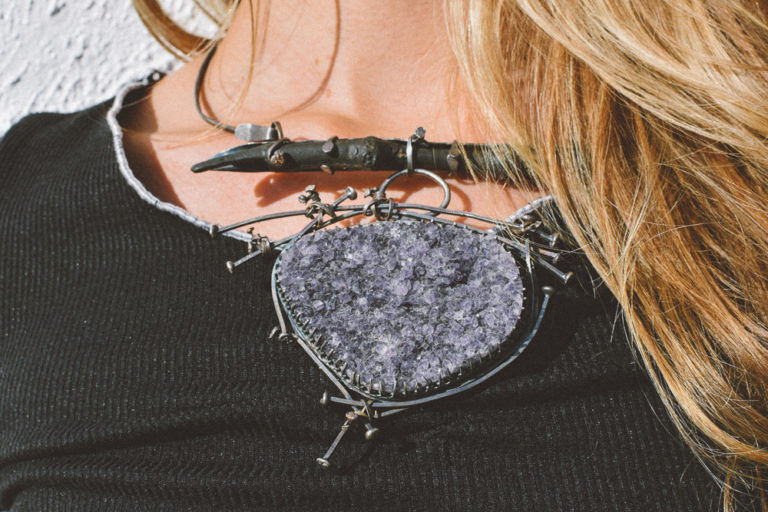
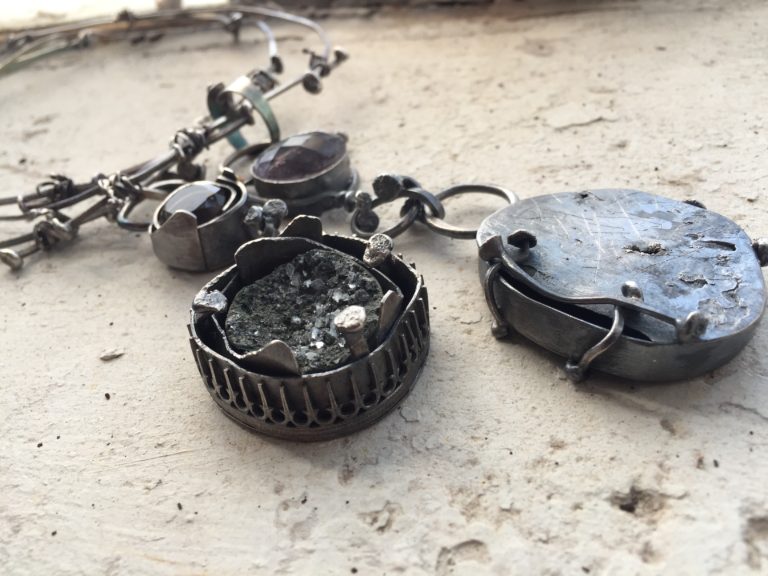
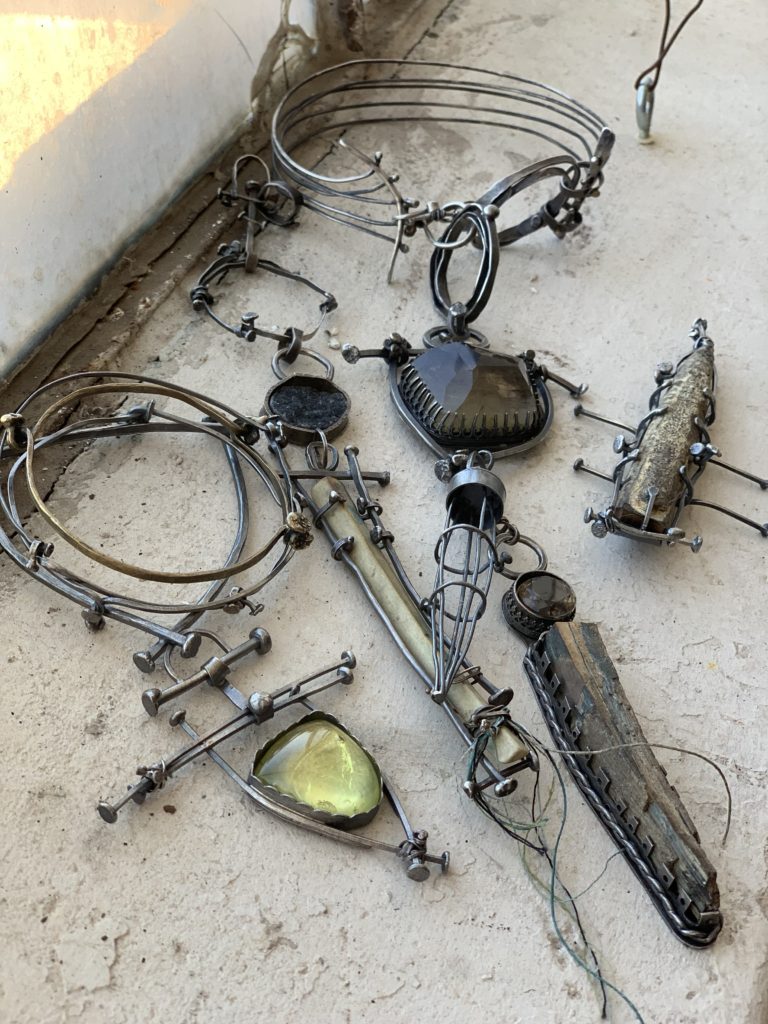
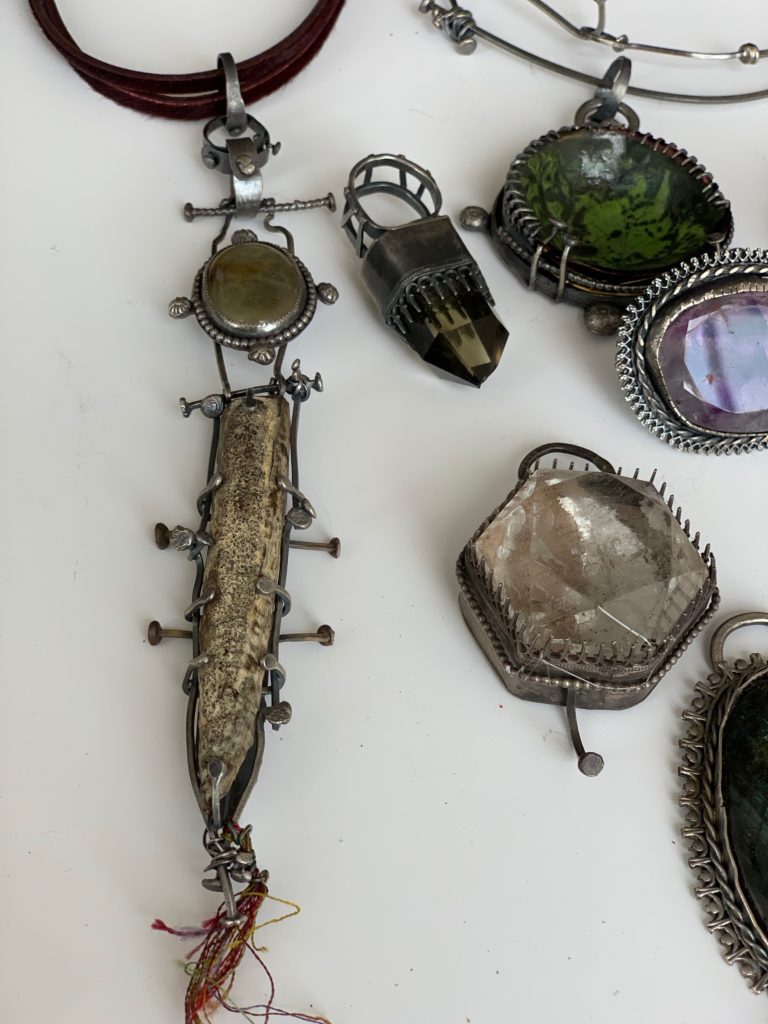
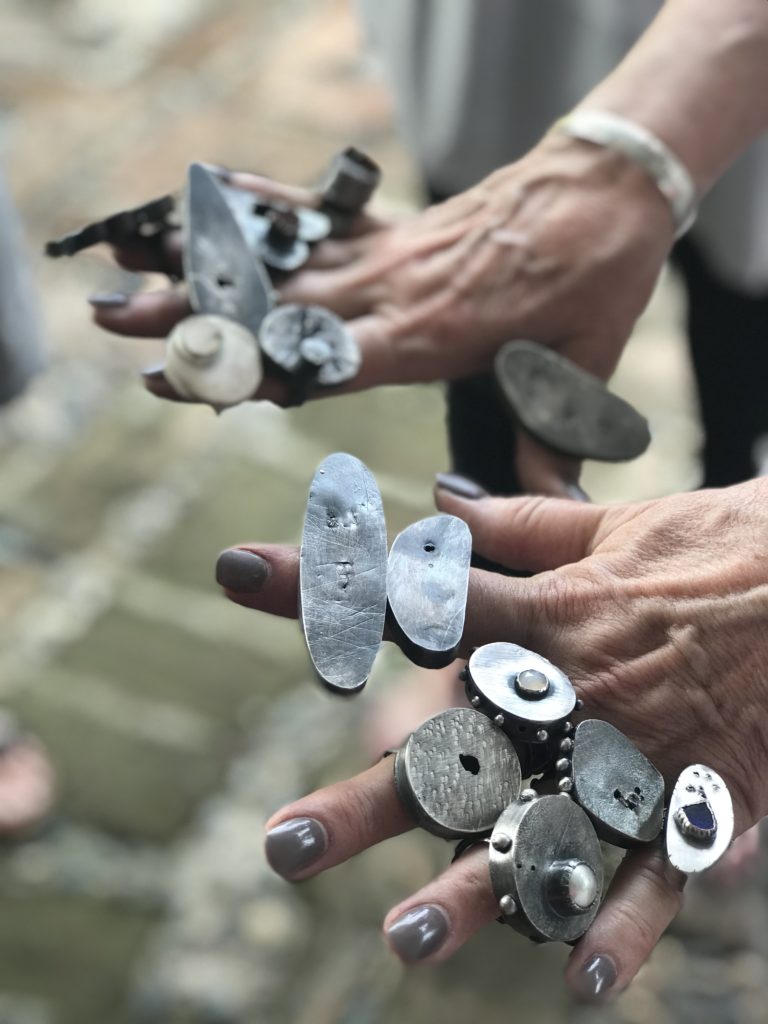
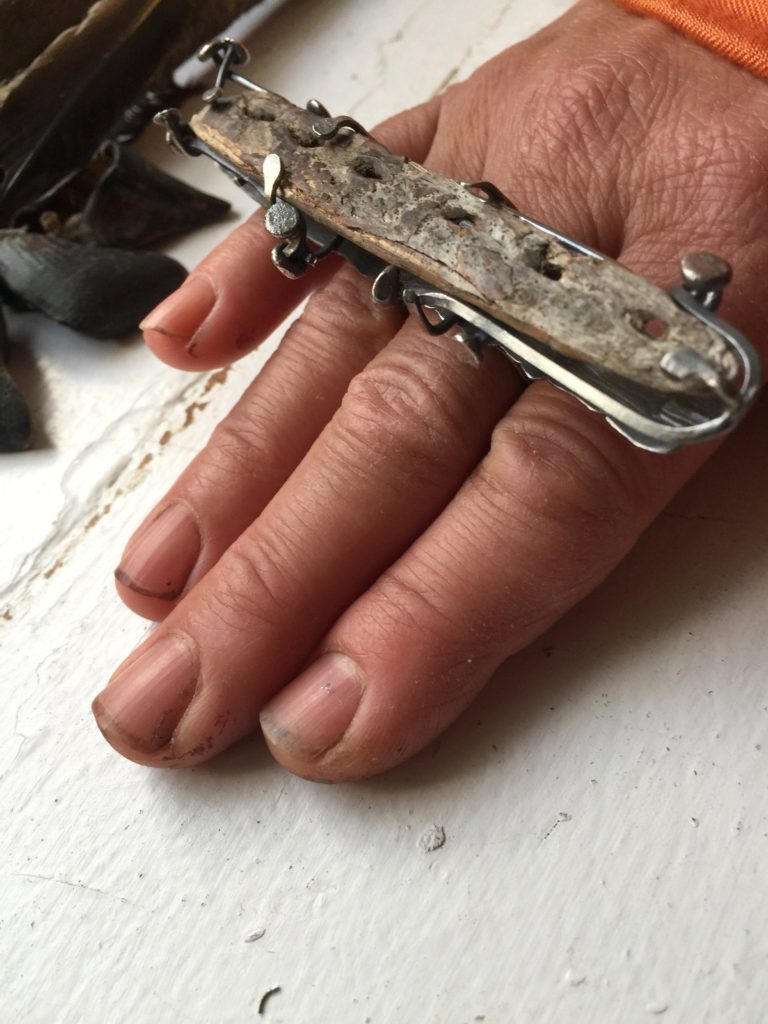
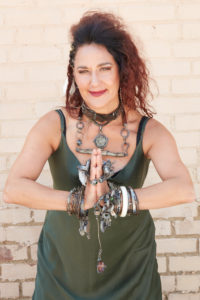
Here are some of the things we discussed on this episode (click on the names to follow the links):
Susan’s website is susanlenartkazmer.com.
Go to Susan’s Facebook page for her weekly Facebook Lives on Thursdays.
She also can be found on Instagram @susanlenartkazmer.
Susan’s free e-course is called The Alchemy of Soldering. You can sign up here.
Registration for her Intentional Metalsmithing six-month mentorship and training begins on September 20. You can sign up here.
Susan is hosting a retreat in Morocco in 2020. You can find out the information here.
Her calendar of other in person workshops is on her website here.
Be on the lookout for her re-release of her book Making Connections. That will be available in October, 2019.
Here are some great takeaways from our conversation:
- Offering an online class for free will enable your potential new students to see what you’re like and what you can offer. They will be much more likely to sign up for on of your paid classes if they’ve already gotten to know you. Susan has done this for her Alchemy of Soldering course.
- Providing a Facebook group for the students who take your class is a great way for the students to show off what they’ve made and encourage one another. As the instructor, you can also answer any of their questions there.
- Susan will be using Kajabi for her six-month mentoring program. Kajabi is a site where you can create online classes, develop online communities, and you can do group meetings.
- When Susan wanted to write her first book, Making Connections, she wanted to do it a certain way, unlike other books she has seen. The publishers she spoke with didn’t see her vision, so she decided to self-publish her book her own way. Self-publishing is a great option, and is probably a lot easier now than when Susan did it back in 2008. If you’d like to hear how one of my artists self-published a book of her art recently, you can listen to my Episode #93 with Lara Chapman and my follow up Episode #94 about how to self-publish a book of your art.
- Susan guides her students to make talismans that relate to themselves. She encourages them to look at the things that they collect, the items that they notice when they’re out in the world, and to consider using those in their art making. You can study other cultures as Susan has, but then she urges you to study your own life to make art that is personal to you.
- Susan doesn’t use the word talisman lightly. She believes that a talisman is putting energy into an object, and when you wear the talisman, you will feel that energy. That is why it is so important to use objects that resonate with you, so that you will no what energy is coming from it.
- Susan explains what she means by making a body of work. For her, she’ll be making many pieces that have similar materials, and keep the same voice, and keep the same direction. The many pieces together will talk as a bigger piece than one piece by itself. Keep this in mind when you are presenting your work in a solo show, or as many pieces within a larger gallery space.
- If you’d like to be more like a visionary with your business, start planning things years down the road. It makes you more proactive with your growth and motivates you to move forward.
- When looking to plan or attend an overseas retreat, look for locals who can help you with this. Susan has used Michelle Fletcher and her company Camels and Couscous to plan her Morocco retreat. Michelle has lived in Morocco for a long time.
- If Susan is being paid to show up as a teacher, she shows up as a teacher. She tries not to leak the other aspects of her business over to her teaching jobs, so for example, you won’t see her selling her jewelry during her classes.
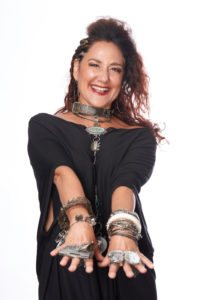
- Post category:Season 2/Show Notes
